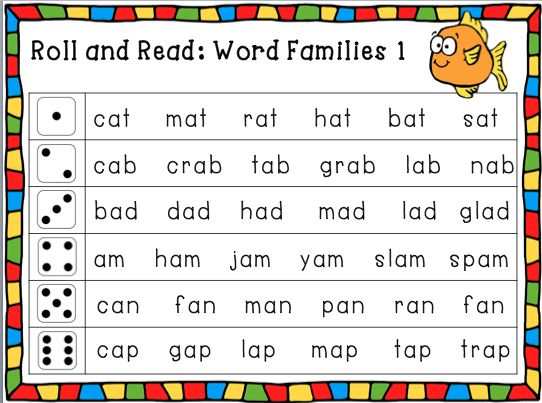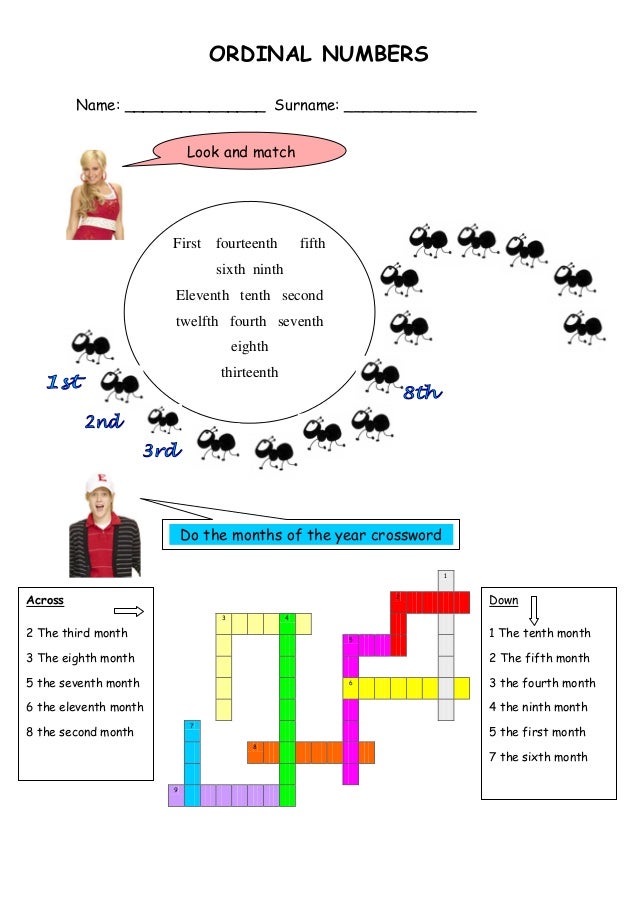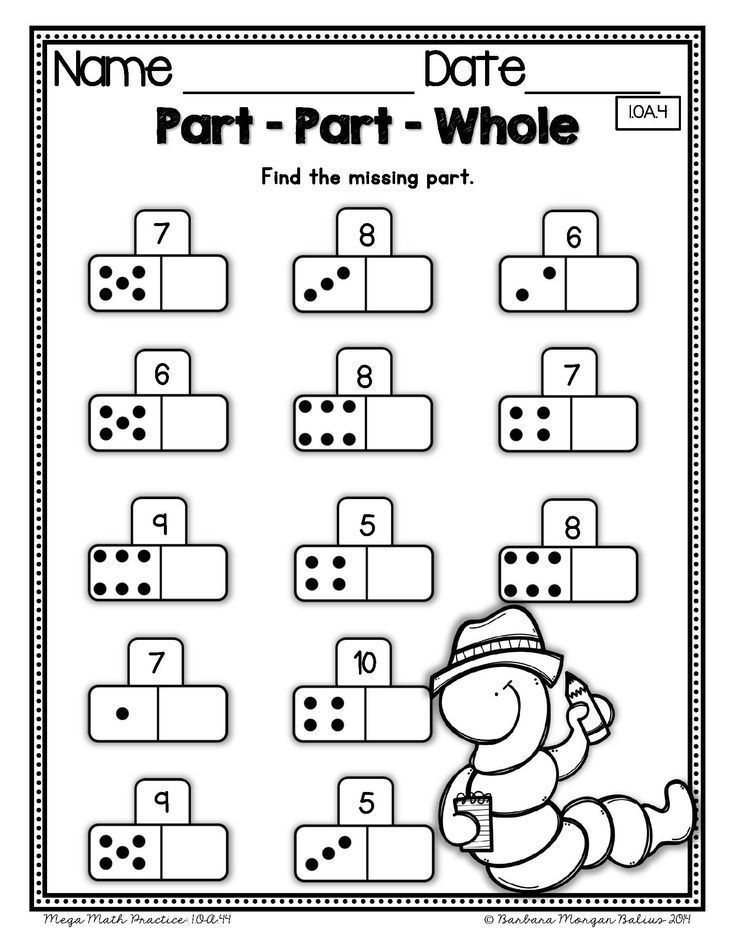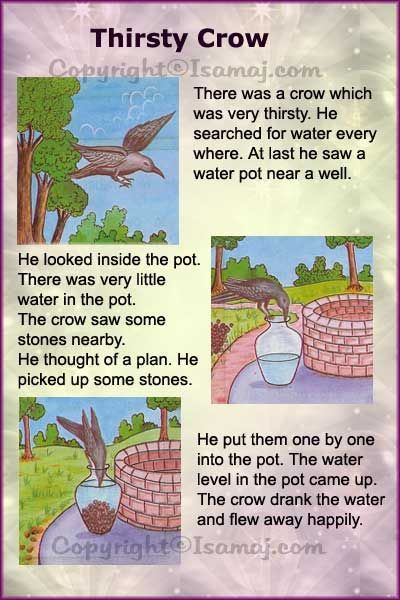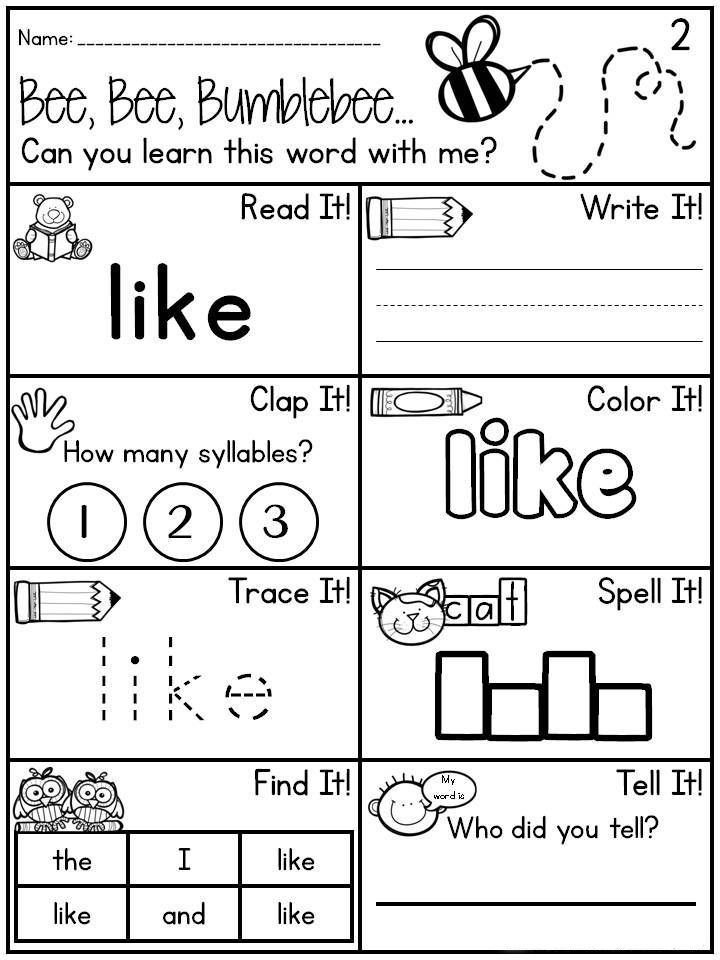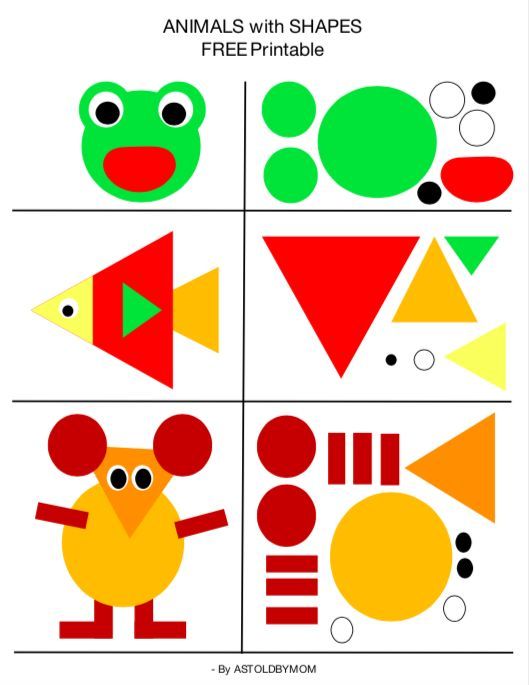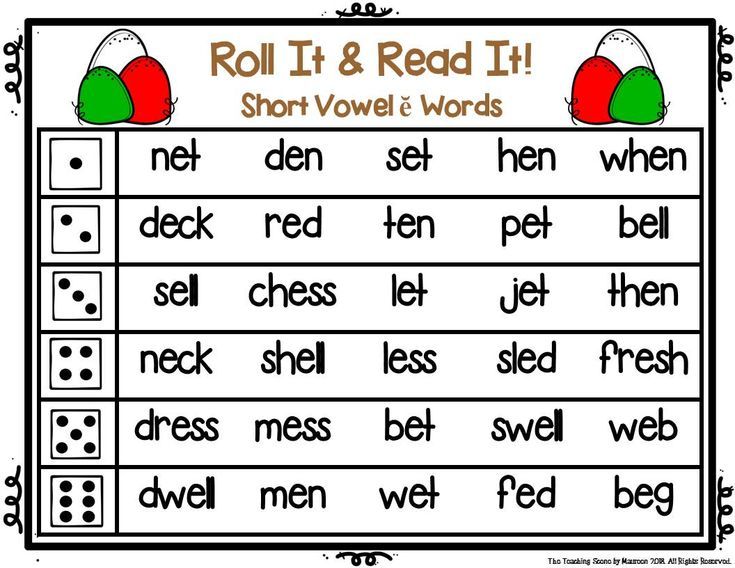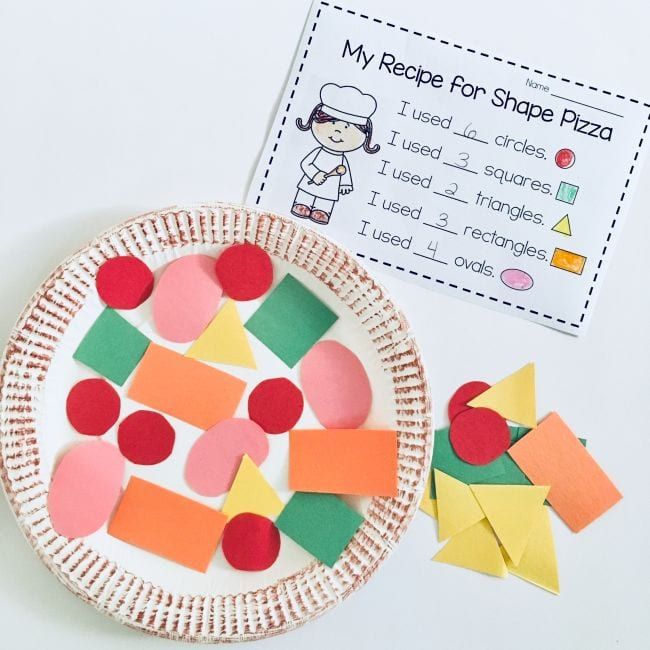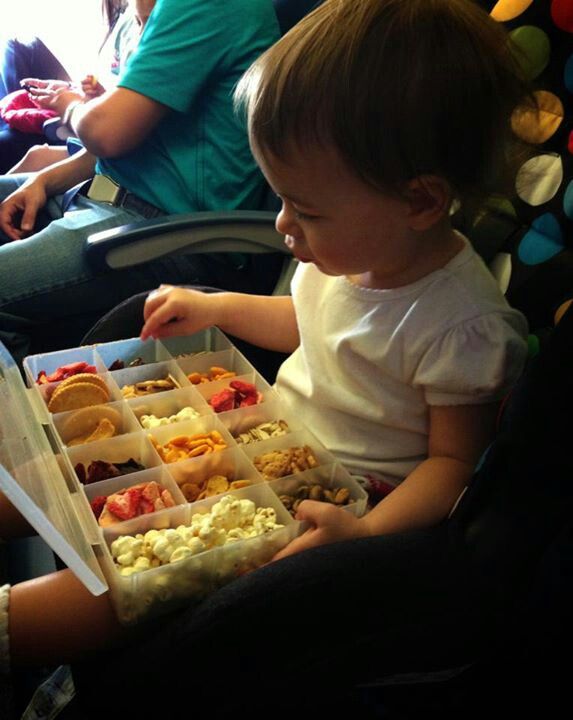Long vowel words for kindergarten
Long Vowel Sounds: Word Lists & Activities
Phonics | Spelling
ByDelilah Orpi
This post may contain affiliate links, and I will earn a commission if you purchase through these links. Please read the disclosure policy for more details.
Sharing is caring!
12884 shares
- Share
- Tweet
In this post, I’m breaking down long vowel sounds (or long vowel words) to help you teach them when working with struggling readers and spellers.
Looking for long vowel word lists? Download all 5 of my pdf long vowel sounds word lists in my freebies library by joining my email list below.
What is a long vowel sound?
Long vowel sounds are vowels that are pronounced the same as their name. You’ll often hear teachers say that long vowels “say their name”.
Long vowels are very common but they can be tricky because there are so many spellings for each long vowel sound.
There are actually 4 ways to make long vowel sounds:
- Vowels at the end of a syllable make the long sound. For example, in the words me and halo (ha-lo) the vowels are all at the end of a syllable so they make the long sound.
- Silent e makes the previous vowel long. The words bike and phone have a silent e at the end that makes the previous vowel long.
- Vowel teams can make the long sound. Vowel teams work together to make one sound, and usually, it’s a long vowel sound. For example, boat and meat both have vowel teams that make the long sound.
- I or O can be long when they come before two consonants. In words like cold and mind, i and o make a long vowel sound.
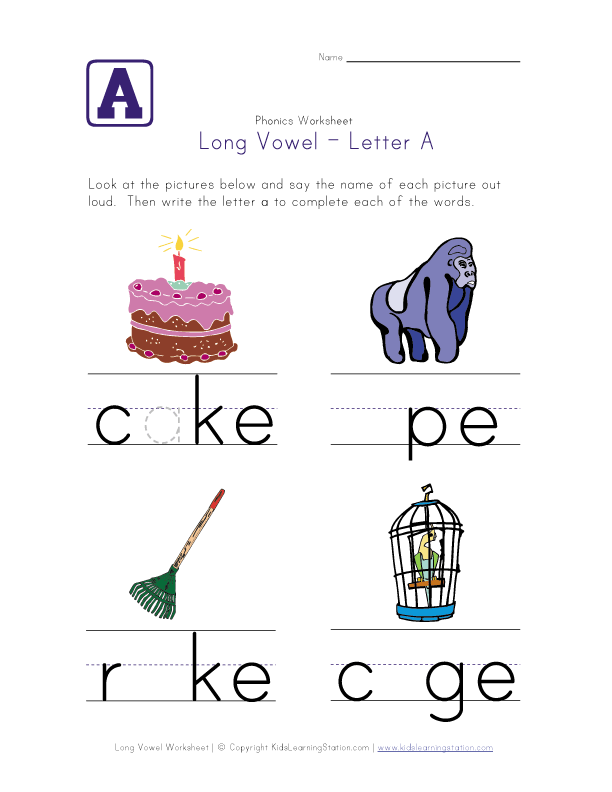
Long Vowel Words
Long vowel sound words are words that have vowels that say their name. Below are a few examples:
- Long a – baby, cake, rain, day, they, weigh
- Long e – me, eve, hear, meet, piece, candy
- Long i – silent, bike, light, my
- Long o – go, home, toe, boat, snow
- Long u – music, mule, pew, feud
Long A Sound
The long a sound can be represented by 8 different spelling patterns:
- a – baby
- a_e – cake
- ai – rain
- ay – play
- ei – reindeer
- eigh – weight
- ea – steak
- ey – they
Learn more about teaching the long a sound here, and check out my Long A Words Activities & Worksheets for printable activities.
Long E Sound
The long e sound can be represented by 8 different spelling patterns:
- e – be
- e_e – eve
- ee – meet
- ea – beach
- ei – protein
- ie – piece
- ey – key
- y – candy
For ideas, tips, and tricks when teaching the long e sound, read this post all about teaching the long e vowel sound
, and check out my Long E Words Activities & Worksheets for printable activities.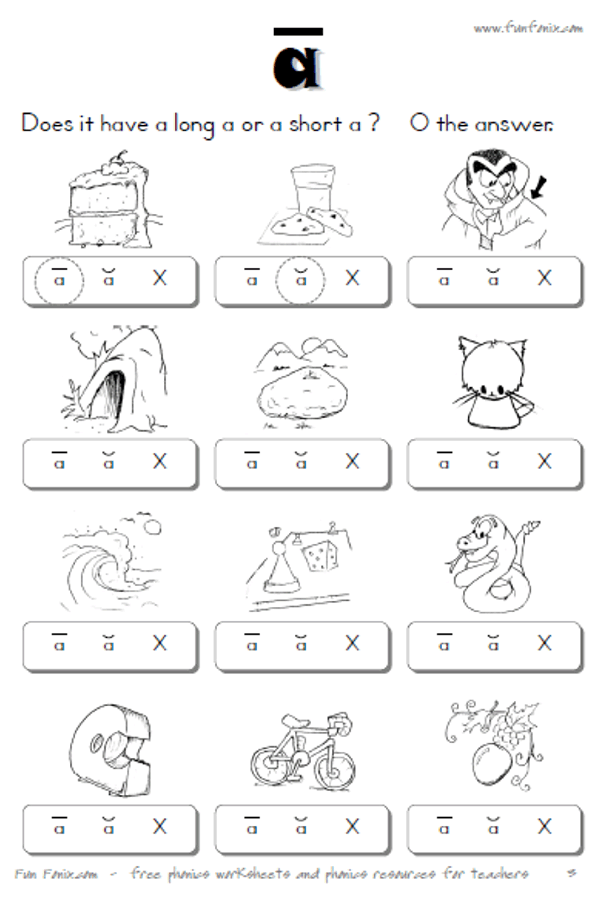
Long I Sound
The long i sound can be represented by 6 different spelling patterns:
- i – silent
- i_e – shine
- ie – pie
- igh – light
- y – my
- y_e – type
You can learn more about teaching the long I sound in this post. And check out my Long I Worksheets set in my shop for printable activities on the long i sound.
Long O Sound
The long o sound can be represented by 5 different spelling patterns:
- o – go
- o_e – phone
- oe – toe
- oa – boat
- ow – snow
You can learn more about teaching long o words and check out my long o worksheets.
Long U Sound
The long u has two sounds: yoo (/y/ /oo/) and oo (/oo/).
The long u sound can be represented by 7 different spelling patterns:
- u – music
- u_e – mule
- ue – rescue
- eu – feud
- ew – few
- oo – food
- ou – soup
Learn more about teaching the long u sound here.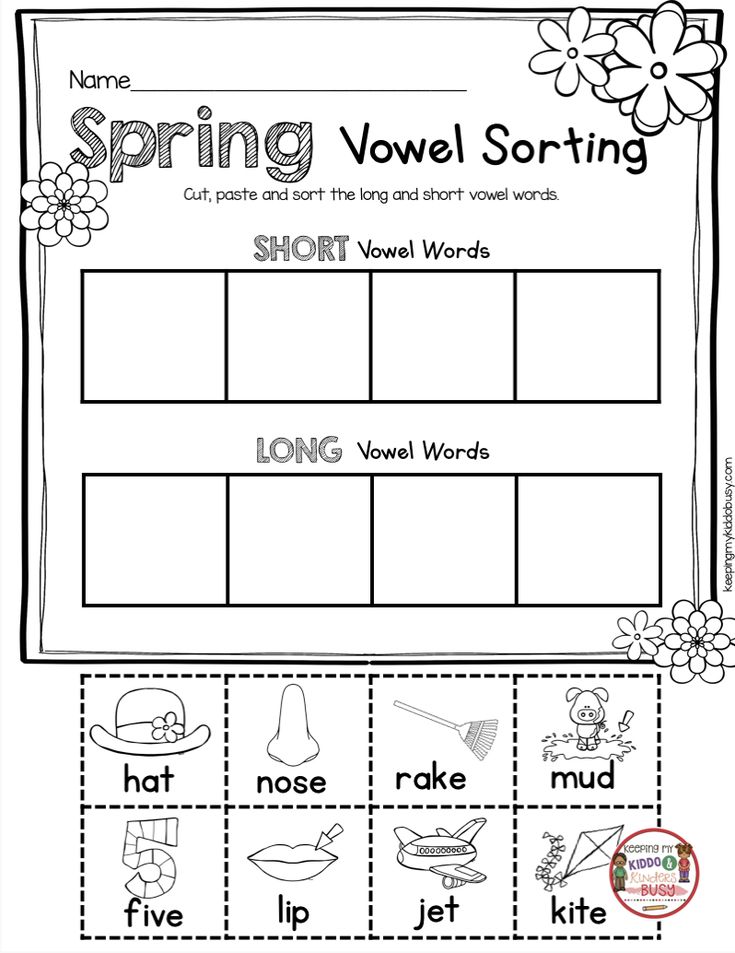
Tips for teaching the long vowel sounds
Teach one spelling pattern at a time!
I don’t mean one vowel sound, but just one spelling pattern. So for example, if you’re working on long a, you would work on the spelling pattern a silent e (cake, same, cave) until students have mastered it, then move on to ai, and so on. You should not be teaching multiple spelling patterns together, even though they make the same sound.
I know that most programs out there combine all the long vowel sound spelling patterns into one lesson, especially in spelling lists, but this does not work for struggling readers. You need to break it down for them and only do one at a time.
Teach the syllable types.
Because syllables have a lot to do with whether vowels make the short or long sound, if students do not already know the 6 syllable types then teach them along with the long vowel sound.
Here are resources for each syllable type:
- closed syllable
- open syllable
- final silent e syllable
- vowel team syllable
- r combination syllable
- consonant le syllable
Use a variety of activities to practice each spelling pattern.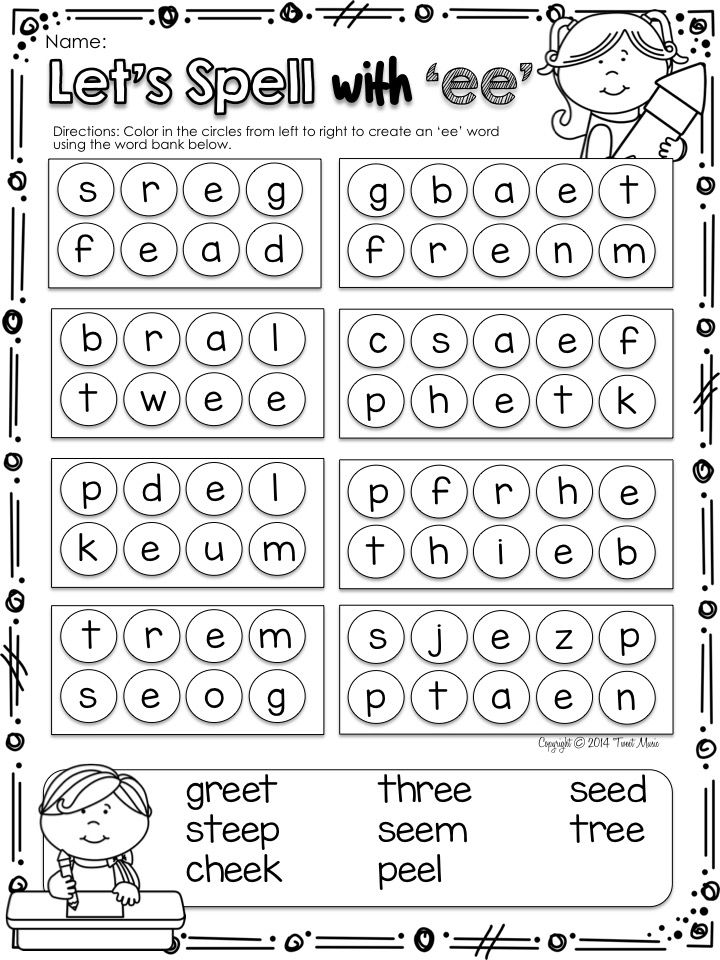
Games, dictation, word sorts, memory or matching with flashcards, word hunts, textured writing, body spelling, and bingo are all fun ways to practice the long vowel sounds.
The main activity that is often overlooked is dictation. It seems so simple but the task involves listening to a word, deciding on the spelling, and transferring that info to written form. These are all skills that struggling readers need to practice.
Teach the spelling generalizations.
Some of the long vowel spelling patterns are spelling rules that make it easy to remember.
For example, ai is usually found at the beginning or middle of a syllable, and ay is usually found at the end of a syllable. [Examples: rain, aim, play, daytime]
Here is another example with long o: oa is usually found at the beginning or middle of a word, and ow is usually found at the end. [Examples: boat, coach, snow]
Long Vowel Word List
I made these word lists to help teach the long vowels.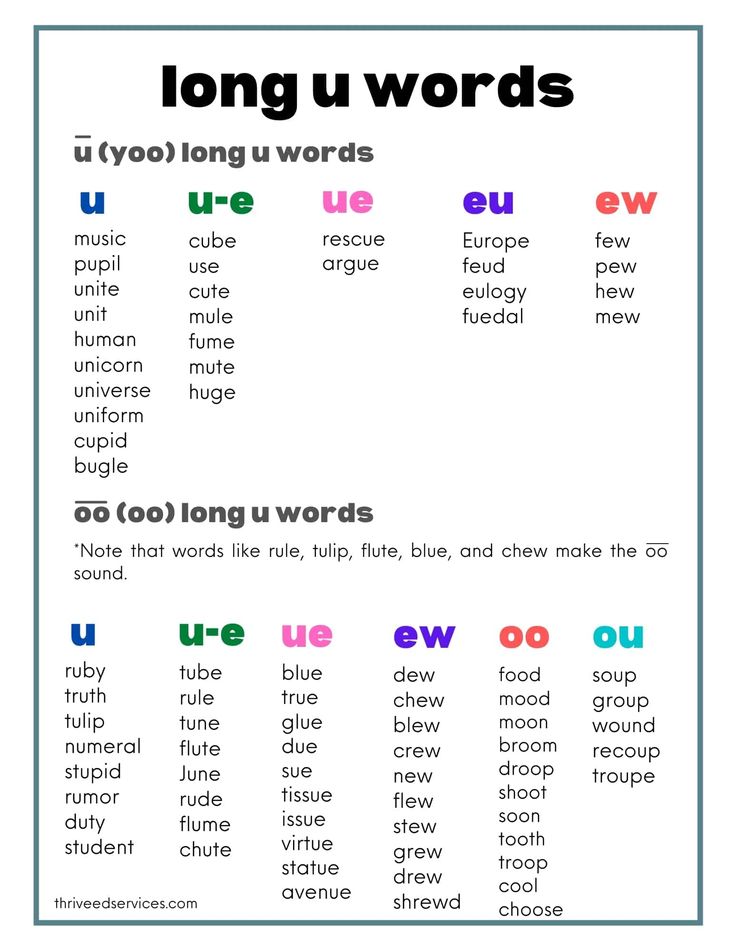 I find it handy to have these on hand when playing phonics games or planning activities for long vowel lessons.
I find it handy to have these on hand when playing phonics games or planning activities for long vowel lessons.
Grab them for free below!
Visit my Teachers Pay Teachers shop to see all my literacy products.Want to remember this? Save Long Vowel Sounds: Word Lists & Activities to your favorite Pinterest board!
Sharing is caring!
12884 shares
- Share
- Tweet
Delilah Orpi
Delilah Orpi is the founder of Thrive Literacy Corner. She has a Bachelor's degree in Special Education, a Master's degree in TESOL, and is a member of the International Dyslexia Association. She is an experienced educator and literacy specialist trained in Orton Gillingham and Lindamood Bell. Delilah creates literacy resources for educators and parents and writes to create awareness about dyslexia and effective literacy instruction based on the science of reading.
Similar Posts
Phonics | Spelling
How To Teach Glued Sounds
ByDelilah Orpi
Have you ever heard of glued sounds before? These tricky chunks can be hard for struggling readers but there are some easy and foolproof ways to help your students learn glued sounds. In this post, I explain what glued sounds are and exactly how to teach them. What are glued sounds? Glued sounds are chunks…
Read More How To Teach Glued SoundsContinue
Phonics | Spelling
Heart Words: The New Science-Backed Way To Teach High Frequency Words
ByDelilah Orpi
If you’re looking for effective high frequency word instruction, then the Heart Word Method is exactly what you want.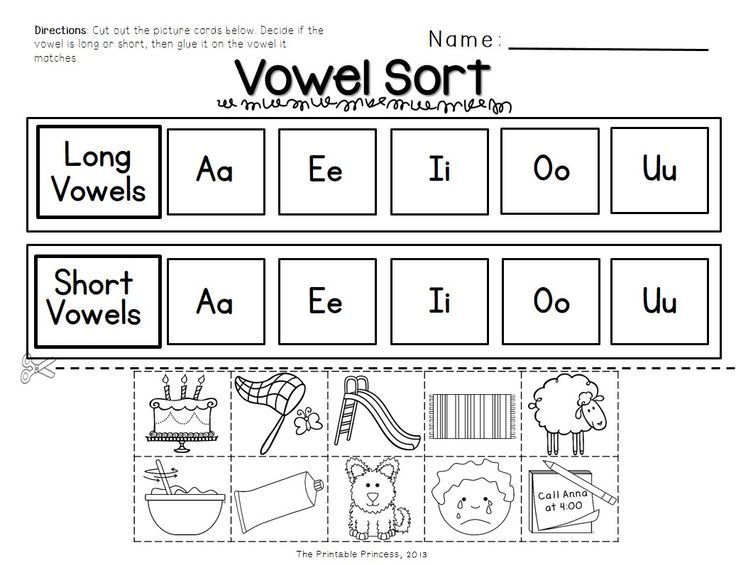 This method will transform your sight word instruction and your students will thank you for it. Read on to find out what heart words are, how to teach them, and why you should be teaching high…
This method will transform your sight word instruction and your students will thank you for it. Read on to find out what heart words are, how to teach them, and why you should be teaching high…
Read More Heart Words: The New Science-Backed Way To Teach High Frequency WordsContinue
Phonics
The Many Jobs of Silent E
ByDelilah Orpi
Did you know that silent e does more than just make the previous vowel say its name? In fact, a final silent e has 6 other jobs in addition to this! I didn’t know about these other jobs but once I learned, it made so much sense. Hopefully, this overview helps you understand the other…
Read More The Many Jobs of Silent EContinue
Parents | Phonics | Reading Comprehension | Spelling
The Best Reading Manipulatives
ByDelilah Orpi
Whether you’re new to teaching reading or you’re a seasoned educator, you know that using manipulatives in your reading instruction is important.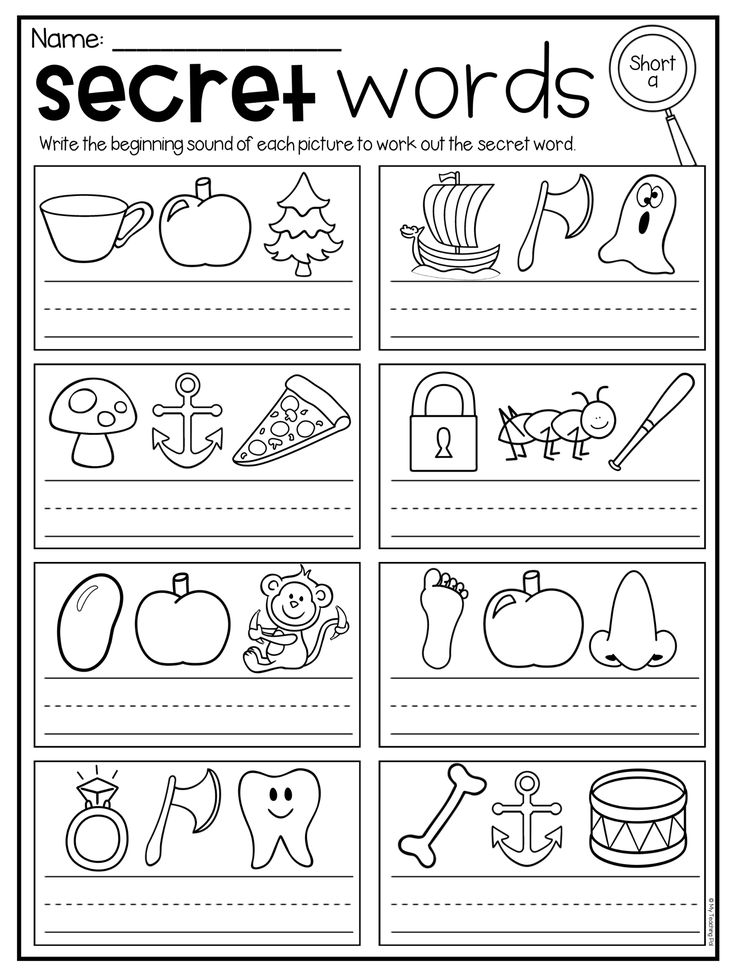 Reading manipulatives help students of all ages engage with the text, build fluency, and develop comprehension skills. There are a lot of different reading manipulatives out there, so it can be tough to…
Reading manipulatives help students of all ages engage with the text, build fluency, and develop comprehension skills. There are a lot of different reading manipulatives out there, so it can be tough to…
Read More The Best Reading ManipulativesContinue
Phonics
How To Teach The Long I Sound
ByDelilah Orpi
The long i sound can be tricky to teach since it has several different ways to spell it. But with a handy word list, plan of action, and some fun activities you’ll have a much easier time teaching long i words and your students will thank you. Looking for a long i word list? You…
Read More How To Teach The Long I SoundContinue
Long A Words for Kindergarteners
Written by Amber
KindergartenLanguage ArtsResources for Educators
This post may contain affiliate links. For more information, please see my full disclosure policy.
For more information, please see my full disclosure policy.
Learning vowel sounds can be rough on kids.
They might look like simple, single letters, but these five (sometimes six) little letters can make multiple sounds and do so in multiple ways.
The English language is known for its quirky rules that don’t always make a whole lot of sense and the many exceptions to those rules that you’ll encounter.
It can be confusing enough to rattle the brain of a fully grown adult, but for a kindergartner that’s just learning to read, it can be even worse.
I try to keep this in mind when we first start learning to read.
We start with the short vowel sounds as those are typically what are seen most often in regular day to day reading, and those are usually picked up pretty quickly.
But once we move onto the long vowel sounds, we slow way down.
You’ll find far more rules and ways to make these sounds and a few new exceptions to the rules as well.
Today, we’re going to focus on that long A sound and the long A words that your kindergartener will be able to read and spell with it.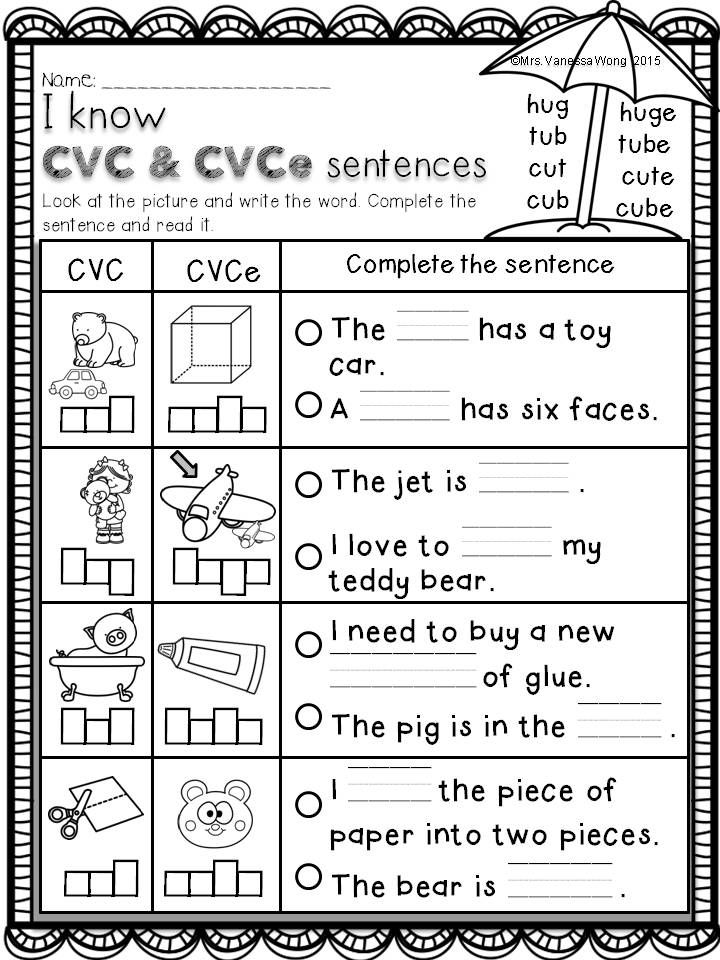
Now, like I said before, we typically start learning vowel sounds by covering the short vowel sounds first as these are much more common and give kids the opportunity to immediately start reading short CVC words, but moving onto those long vowel sounds is also really exciting.
Learning these long sounds gives your kindergarteners the ability to really expand the list of words that they’ll then be able to read and spell.
You just have to learn those rules that I talked about earlier.
Ways to Make the Long A Sound
When learning to identify those long A words, your kindergartener should understand that there are a few different way to make them.
The Magic Silent E
This is an easy one to spot and kids always love spotting that magic silent E!
These are VCe or a_e words where the A and the E are separated by a consonant and the E is the last letter in the word. With this combination the E sits silently at the end of the word while making the previous vowel say its name.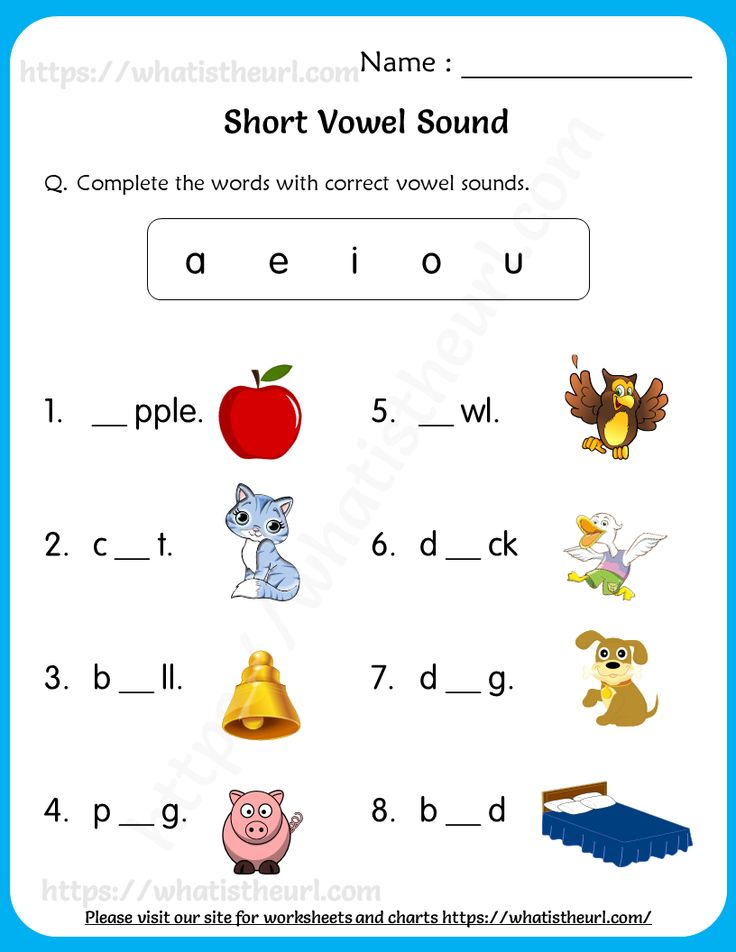
Words like ace, cake, fame, and gate are all magic E words.
The Vowel Team AI
There’s an old saying that I learned in school that makes these vowel team rules super simple to remember: when two vowels go walking, the first one does the talking.
So, when you see this particular vowel team, ai, the A will make that long A sound and say its name while the I will remain silent.
Examples of the long A words containing the ai vowel team include maid, train, paid, and faint.
The Vowel Team AY
This vowel team works exactly the same as the other when it comes to those long A words.
The A does the talking while the Y stays silent.
You’ll see this vowel team in words like ray, pay, away, and spray.
The Open Syllable
Open syllables occur when a vowel is at the end of a syllable.
Alternatively, syllables that end in consonants are considered closed.
When the letter A is found at the end of a syllable, this produces that long A vowel sound.
You’ll find this in long A words like April, radio, cater, and table.
The Irregular Vowel Team EI
Like I said earlier, there are always exceptions to the rules.
The vowel teams rules would tell us that when two vowels go walking, the first one does the talking, but the ei vowel team is the exception.
This team makes that long A sound and can be found in words like eight, vein, neighbor, and reign.
Knowing these five ways to make the long A sound will make it exponentially easier for your kindergarteners to identify them, but it can also be helpful to know the various spellings that they might see.
Spelling Long A Words
There are eight different spelling patterns that can create the long A sound.
- a (halo)
- a_e (make)
- ai (bait)
- ay (day)
- ei (vein)
- eigh (sleigh)
- ea (break)
- ey (they)
Now, while it’s important to know the rules, exceptions, and spelling patterns for those long A words, it’s far more important to get in some good old fashioned vowel practice with a list of different long A words.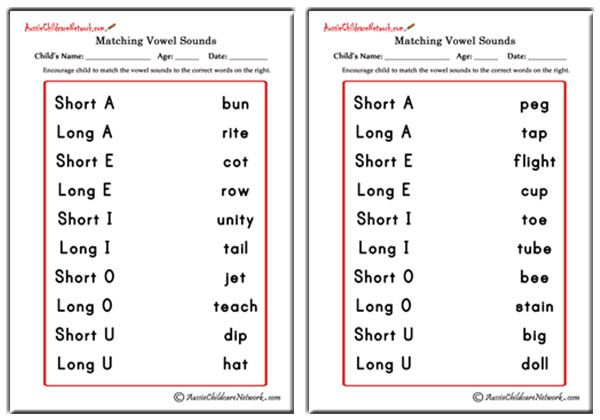
Long A Word List
Words That Start with Long A
- aim
- ail
- aid
- able
- acorn
- apron
- April
- agent
- aphid
- angel
- alien
- alias
- age
- away
- acre
- aide
- apex
- ache
- ate
- ape
More Long A Words
- baby
- bait
- bake
- base
- basic
- break
- cable
- cage
- cake
- came
- cane
- cape
- case
- cave
- change
- contain
- crate
- data
- display
- eight
- essay
- explain
- face
- fame
- flake
- game
- grate
- gray
- graze
- great
- hail
- halo
- hay
- hazy
- label
- lady
- lake
- main
- make
- maple
- mate
- may
- obey
- pain
- paper
- plain
- potato
- radio
- rake
- rate
- reign
- relay
- say
- shaky
- skate
- sleigh
- space
- sprain
- strain
- survey
- sway
- table
- take
- tomato
- trade
- tray
- vein
- waist
- weigh
By no means is this an exhaustive list, but it definitely gives you and your kindergarteners a solid place to start.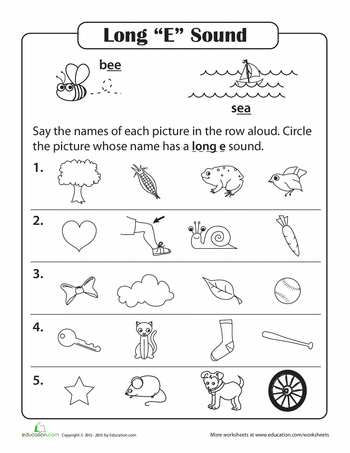
With time and a little bit of practice, they’ll soon be able to identify the rule that makes each of these long A words as well as be able to spot other long A words in their day to day reading.
Amber
Amber is a former preschool teacher turned stay at home, homeschooling mom of 3 and the creator of From ABCs to ACTs. She loves sharing crafts, activities, and printables that encourage children to learn through play, creativity, and exploration. Learn More
Physical education minutes
Physical education minutes
Physical education minutes are short-term physical exercises carried out to prevent fatigue, restore mental performance (excite areas of the cerebral cortex that were not involved in previous activities, and give rest to those who worked).
Meaning: improve blood circulation, relieve muscle and nervous system fatigue, activate children's thinking, create positive emotions and increase interest in classes.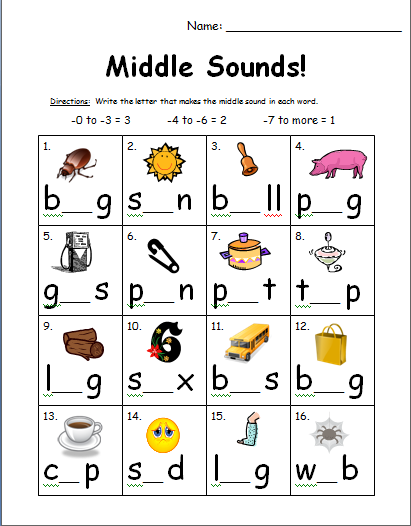
Duration: 1.5-2 minutes; It is recommended to carry out, starting with the middle group. They are carried out at a time when children's attention decreases and fatigue sets in. The guys perform physical exercises when they go to a free place (sipping, bending, moving their arms up and down, half-crouching, bouncing, walking).
“Physical minutes may be accompanied by text related or not related to the content of the lesson. When pronouncing the text by children, it is necessary to ensure that the exhalation is performed when pronouncing the words of this line, and before the beginning of the next one - a deep and calm exhalation, then after a physical minute the child's breathing remains calm and rhythmic. Physical education sessions with musical accompaniment are interesting and emotional. Children can perform several types of dance steps to music or sing 1-2 verses of a song, accompanying them with improvised movements (circling, bending, squatting, etc.).
And now we are with you, children
And now we are with you, children,
We are flying away on a rocket.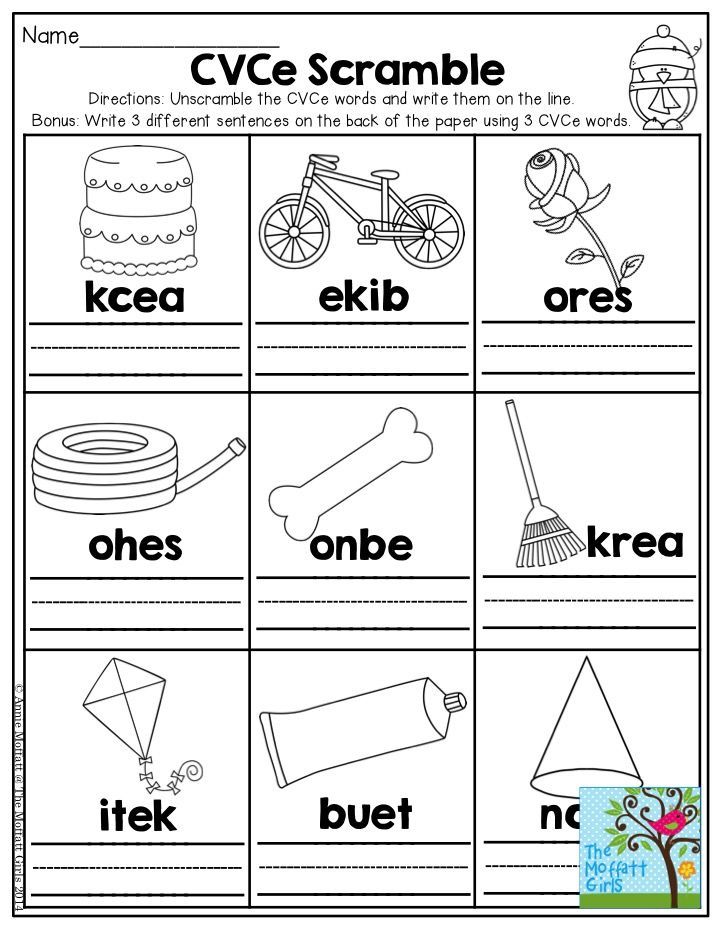
Get up on your toes,
And then your hands down.
One, two, three, four -
Here's a rocket flying up! (1-2 - stand on toes, hands up, palms form a "rocket dome"; 3-4 - main stand.)
Physical education minute. And the clock goes on and on
Tick-tick, tick-tock,
Who knows how to do that in the house?
This is the pendulum in the clock,
Beats every beat (Tilts left-right.)
A cuckoo sits in the clock,
She has her own hut. (Children sit down in a deep squat.)
The bird crows time,
He hides behind the door again, (Squats.)
Arrows move in a circle.
Do not touch each other. (Torso rotation to the right.)
You and I will turn
Against the clock. (Torso rotation to the left.)
And the clock goes, goes, (Walking in place.)
Sometimes they suddenly fall behind. (Slowing down the pace of walking.)
And sometimes they are in a hurry,
As if they want to run away! (Running in place.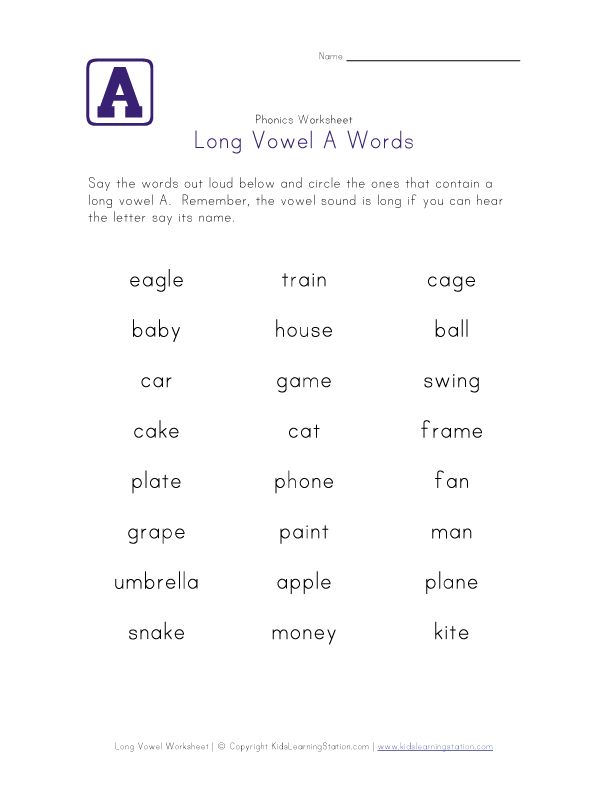 )
)
If they are not turned on,
Then they completely get up. (Children stop.)
Physical education minute. Squirrels
Squirrels jump on branches.
Jump and jump, jump and jump!
Often climbed
High, high! (Jumping in place.)
Physical education minute. Let's jump and jump!
One, two, three, four, five!
Let's jump and jump! (Jumping in place.)
Right side bent. (Torso tilts left-right.)
One, two, three.
Leaned left side.
One, two, three.
And now let's raise our hands (Hands up.)
And reach for the clouds.
Let's sit on the path, (Sat down on the floor.)
We'll stretch our legs.
Let's bend the right leg, (Bend the legs at the knee.)
One, two, three!
Bend the left leg,
One, two, three.
They raised their legs high (Raised their legs up.)
And held them a little.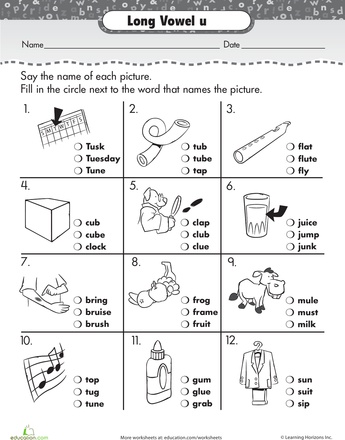
They shook their heads (Head movements.)
And everyone stood up together. (Stand up.)
Let's jump like a frog
Let's jump like a frog
Jumping champion.
After the jump - another jump,
Let's jump higher, my friend! (Jumping.)
Roly-up, (Jumping in place)
Sit down. (Squats.)
What a naughty one you are!
We can't handle you! (Clap hands.)
Arm up and arm down
Arm up and arm down.
Pulled them lightly.
Quickly changed hands!
We are not bored today. (One straight arm up, the other down, jerking to change hands.)
Squat clapping:
Down clapping and up clapping.
We stretch our legs and arms,
We know for sure that it will be useful. (Squats, clapping hands above the head.)
Turning and turning the head,
Stretching the neck. Stop! (Rotation of the head to the right and left.)
Physical education minute.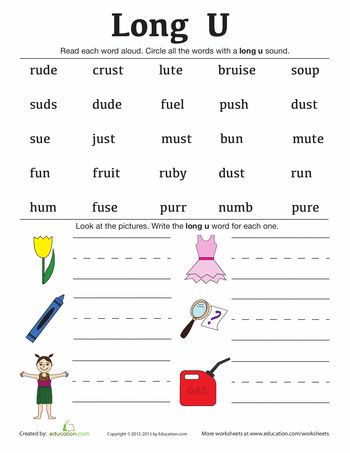 Funny geese
Funny geese
(Musical physical education minute)
(Children sing and perform different movements after the teacher.)
Lived with a grandmother
Two merry geese:
One gray,
Another white,
Two merry geese.
They stretched their necks -
Who is longer!
One grey, the other white,
Which one is longer!
Washing geese paws
In a puddle by the groove.
One grey, one white,
Hid in a groove.
Grandma is screaming:
Oh, the geese are gone!
One gray,
Another white -
My geese, geese!
Geese came out,
Bowed to the grandmother -
One gray, the other white,
Bowed to the grandmother.
Jolly jumps
One, two - there is a rocket.
Three, four - plane.
One, two - clap your hands, (Jumping on one and two legs.)
And then for each count.
One, two, three, four -
Arms higher, shoulders wider.
One, two, three, four -
And they were like on the spot.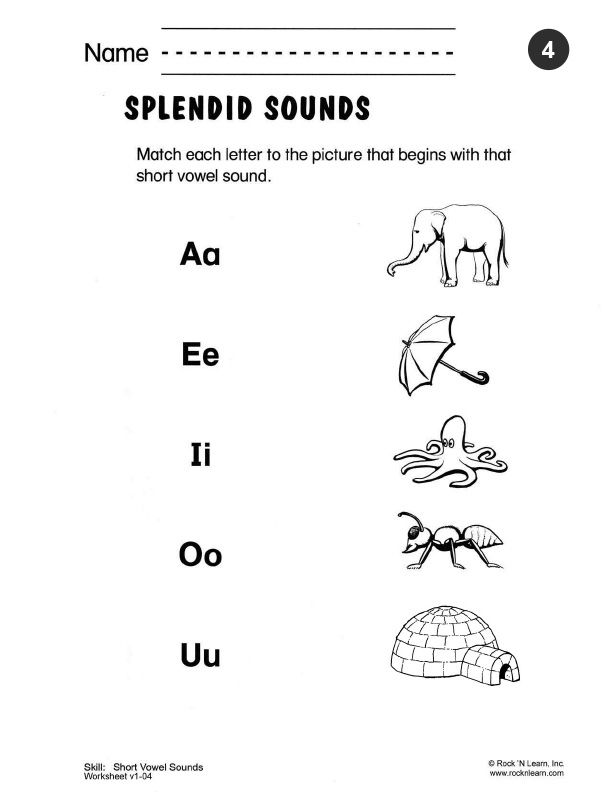 (Walking in place.)
(Walking in place.)
Wind
The wind is blowing in our face,
The tree is swaying.
The wind is quieter, quieter, quieter.
The tree is getting higher and higher. (Children imitate the breath of the wind, shaking their torso in one direction or the other. To the words “quiet, quiet” the children squat, to “higher, higher” they straighten up.)
The wind is blowing over the fields
The wind is blowing over the fields,
And the grass is swaying. (Children gently swing their arms above their heads.)
A cloud floats above us,
Like a white mountain. (Sipping - hands up.)
The wind carries dust over the field.
Ears lean -
Left and right, back and forth,
And then vice versa. (Tilting right-left, forward-backward.)
We are climbing the hill, (Walking in place.)
Let's rest a little there. (Children sit down.)
The wind gently shakes the maple
The wind gently shakes the maple,
To the right, to the left tilts:
One - tilt and two - tilt,
The maple leaves rustled.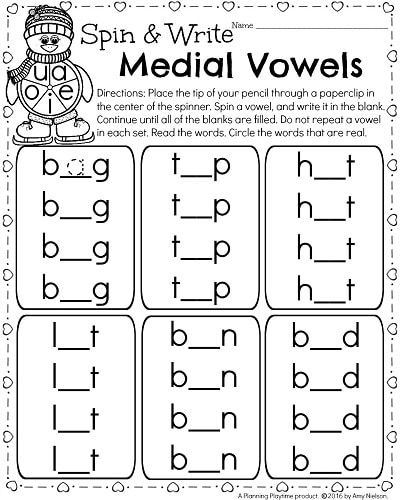 (Legs shoulder-width apart, hands behind the head. Tilts of the torso to the right and left.)
(Legs shoulder-width apart, hands behind the head. Tilts of the torso to the right and left.)
In the evening
In the evening, the girl Mila (We walk on the spot.)
In the garden she broke a flower bed, (Jumping on the spot.)
Her brother, the boy Ivan ( Squats.)
Also broke... a glass! (Clap your hands.)
You see the butterfly is flying
You see the butterfly is flying, (We wave our wings.)
He counts flowers in the meadow. (We count with a finger.)
- One, two, three, four, five. (clapping hands.)
Oh, counting can't count! (Jumping in place.)
In a day, in two, and in a month... (We are walking in place.)
Six, seven, eight, nine, ten. (Clapping hands.)
Even a wise bee (We wave our winged arms.)
I couldn't count! (We count with a finger.)
(G. Vieru)
We walk through the forest together
We walk through the forest together,
We are not in a hurry, we are not lagging behind.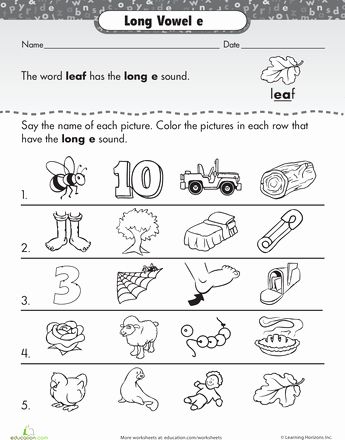
Here we go out to the meadow. (Walking in place.)
A thousand flowers around! (Sipping - hands to the sides.)
Here is chamomile, cornflower,
Lungwort, porridge, clover.
The carpet is spread
Right and left. (Bend down and touch the left foot with the right hand, then vice versa - the right foot with the left hand.)
The handles were stretched to the sky,
The spine was stretched. (Sipping - hands up.)
We all had time to rest
And we sat down again. (Children sit down.)
A sunflower grows in the yard
A sunflower grows in the yard,
In the morning he reaches for the sun. (Children stand on one leg and stretch their arms up.)
Next to him is a second, similar one,
He also reaches for the sun. (Children stand on the other leg and again pull their hands up.)
Turn the handles in a circle.
Don't accidentally hit a friend!
A few laps ahead,
And then vice versa.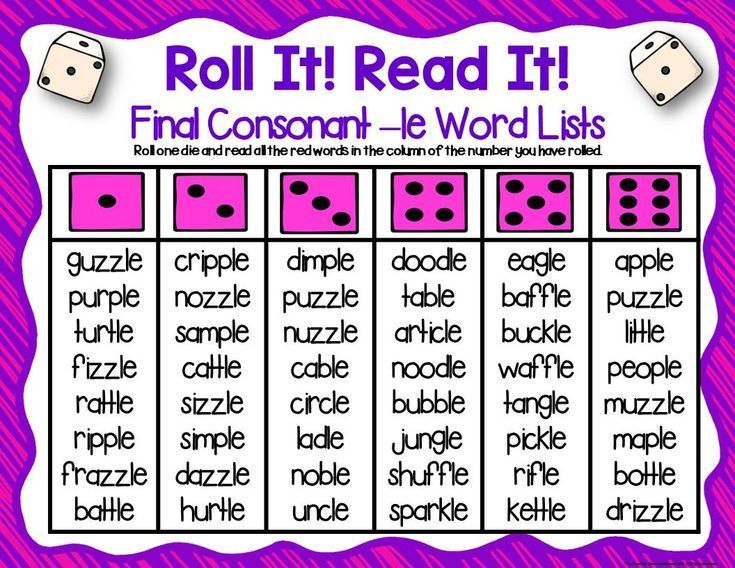 (Rotation of straight arms back and forth.)
(Rotation of straight arms back and forth.)
We had a wonderful rest,
And it's time for us to sit down. (Children sit down.)
There is a pine tree in the yard
There is a pine tree in the yard,
She reaches for the sky.
Poplar grew next to her,
He wants to be more authentic. (Standing on one leg, we stretch - arms up, then the same, standing on the other leg.)
A strong wind swept in,
All the trees shook. (Tilts of the body back and forth.)
Branches bend back and forth,
The wind shakes them, oppresses them. (Jerking hands in front of the chest.)
Let's squat together -
One, two, three, four, five. (Squats.)
We warmed up heartily
And we hurry to the place again. (Children go to places.)
Here a big bird flies
Here a big bird flies,
Smoothly circles over the river. (Hand movements imitating flapping wings.)
Finally, she sits
On a snag above the water.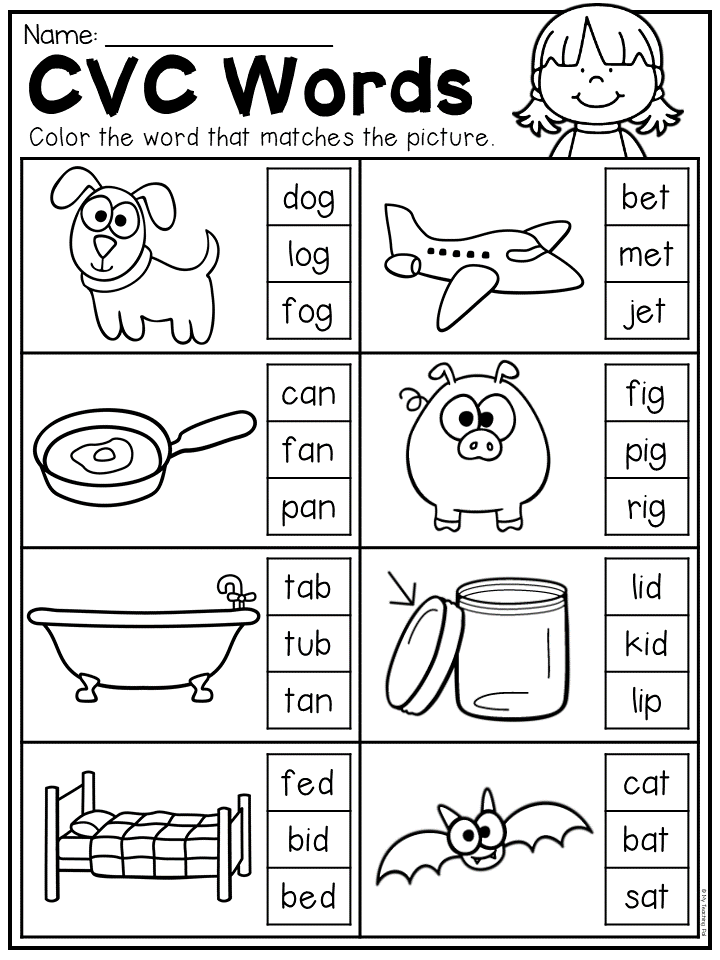 (Children sit down for a few seconds in a deep squat.)
(Children sit down for a few seconds in a deep squat.)
Here under the Christmas tree
Here under the green Christmas tree (Stand up.)
Crows are galloping merrily: (Let's jump.)
Kar-kar-kar! (Loudly.) (Clap hands overhead.)
All day long they shouted, (Turns of the body to the left and right.)
The boys were not allowed to sleep: (Tilts of the torso to the left and right.)
Kar-kar-kar! (Loudly.) (clapping their hands above their heads.)
Only at night they fall silent (They wave their arms like wings.)
And they all fall asleep together: (Squat down, hands under the cheek - fall asleep.)
Kar-kar-kar! (Quietly.) (clap overhead)
On Monday
On Monday I went swimming, (Imagine swimming.)
And on Tuesday I painted. (Depicting drawing.)
On Wednesday, I washed my face for a long time, (We wash our faces.)
And played football on Thursday. (Running in place.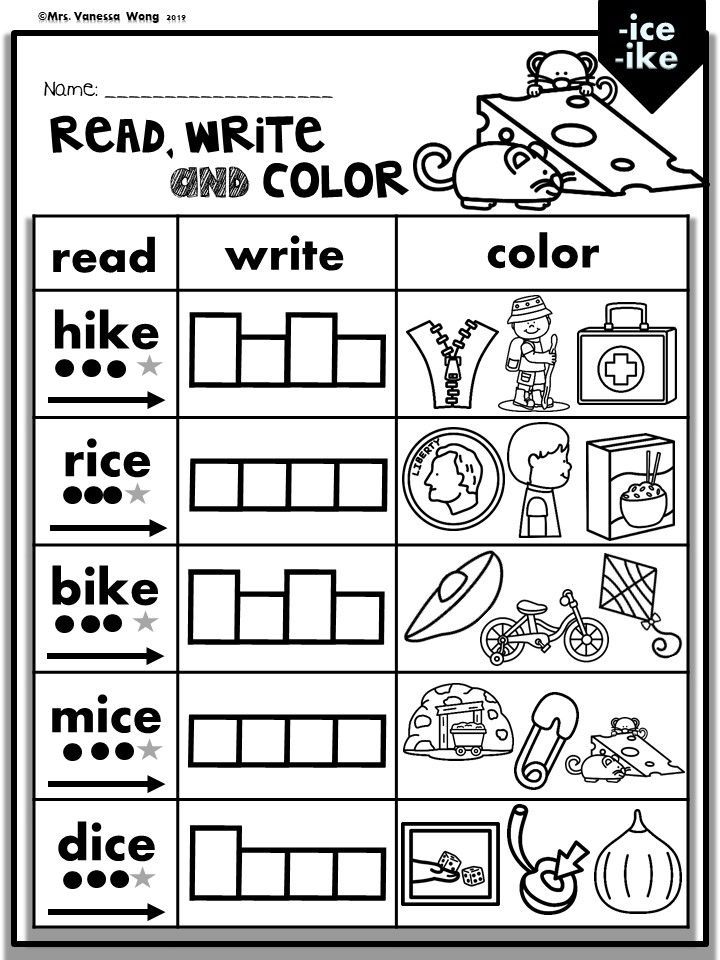 )
)
On Friday I was jumping, running, (Let's jump.)
I danced for a very long time. (Whirling in place.)
And on Saturday, Sunday (clapping hands.)
I rested all day. (Children squat down, hands under the cheek - fall asleep.)
You want to get the roof
Stretch up higher -
You want to get the roof. (Sipping - arms up.)
One, two, three,
Turn the body to the left.
And help with your hands,
Stretch your lower back. (Turns of the torso to the sides.)
Let's pull our hands to the sides (Sipping - hands to the sides.)
And sit down again. (Children sit down.)
Trees have grown in the field
Trees have grown in the field.
It's good to grow in the wild! (Sipping - arms to the sides.)
Everyone is trying,
Stretching towards the sky, towards the sun. (Sipping - hands up.)
A cheerful wind blew,
Branches swayed right there, (Children wave their hands.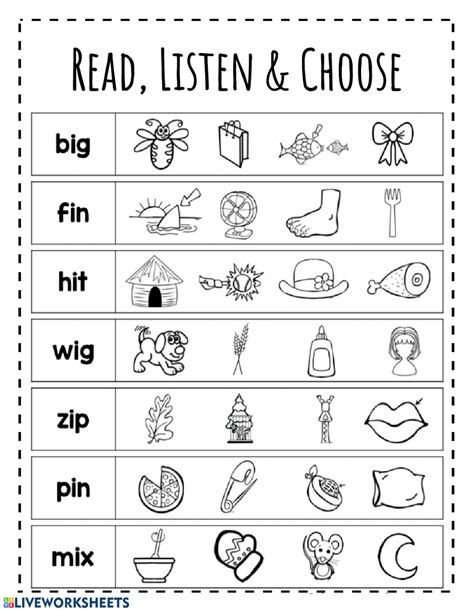 )
)
Even thick trunks
Bent to the ground. (Forward bends.)
Right-left, back-forward -
So the trees are oppressed by the wind. (Tilts left and right, back and forth.)
He turns them, he turns them.
But when will the rest be? (Torso rotation.)
A bunny came out
A bunny went out for a walk.
The wind began to subside. (Walking on the spot.)
Here he jumps down the slope,
Runs into the green forest.
And rushes between the trunks,
Among the grass, flowers, bushes. (Jumping in place.)
Little Bunny is tired.
Wants to hide in the bushes. (Walking on the spot.)
A hare stopped in the middle of the grass
And now we will freeze too! (Children sit down.)
A clown came out
A clown entered the arena, Bowed to everyone from the stage, To the right, left and forward ... He bowed to everyone as best he could. (Bows.)
Physical education minute.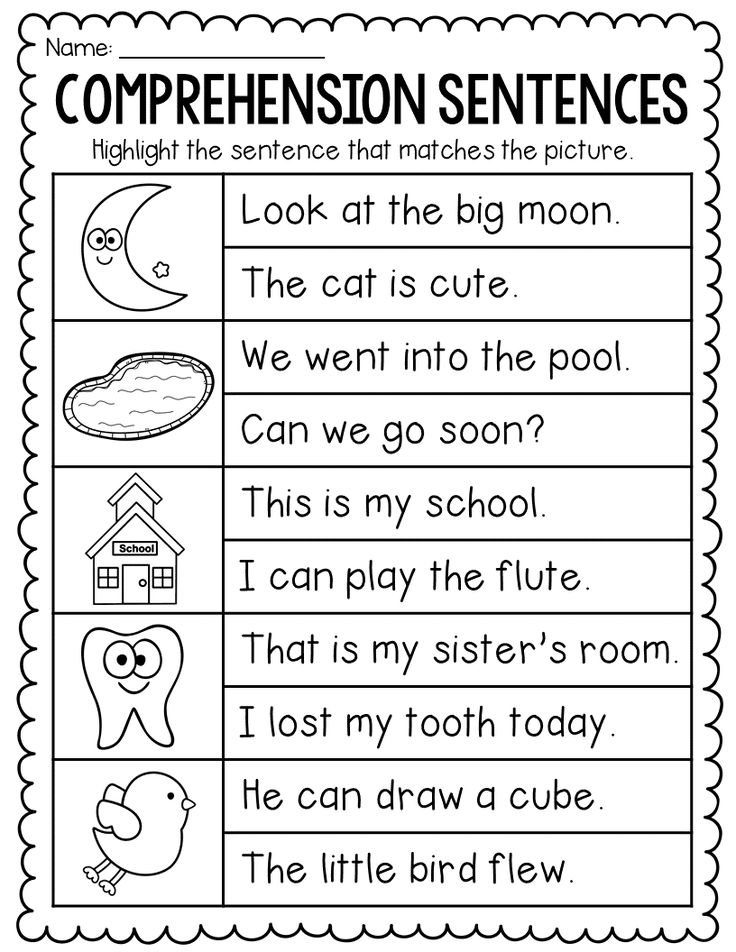 Mice came out
Mice came out
Mice came out once (Walking in place or moving forward in a column.)
See what time it is. (Turns to the left, to the right, fingers "tube" in front of the eyes.)
One, two, three, four (claps overhead with hands.)
The mice pulled the weights. (Hands up and squatting with lowering hands "pulled the weights".)
Suddenly there was a terrible ringing, (clapping in front of him.)
The mice ran away. (Running in place or to your place.)
Physical education minute. Elephant shakes its head
One, two, three - forward tilt,
One, two, three - now back. (Tilts forward, backward.)
An elephant shakes its head -
He is happy to do exercises. (Chin to the chest, then throw the head back.)
Although the exercise is short,
We had a little rest. (Children sit down.)
Three nods of the head
One - get up, stretch, (Stretched.)
Two - bend, straighten, (Bent back, hands on the belt. )
)
Three - three claps in the hands, (claps in the hands.)
Three nods of the head. (Head movements.)
Four - arms wider, (Arms to the sides.)
Five - wave arms, (Swing arms.)
Six - sit down again. (Sit down.)
funny frogs
We see them jumping along the edge of the forest
Two funny frogs,
Jump-hop, jump-hop,
Jump from heel to toe. (Children depict frogs in motion.)
Two birds
Two birds flew,
They are small.
How they flew,
All the people were watching.
As they sat down,
All the people marveled. (The teacher offers the children to depict these birds, how they flew, sat down, flew again. The children repeat the words together after the teacher.)
Physical education minute. Children are driving a car
Children are driving a car, (Walking in pairs, holding on to the shoulders of the person in front.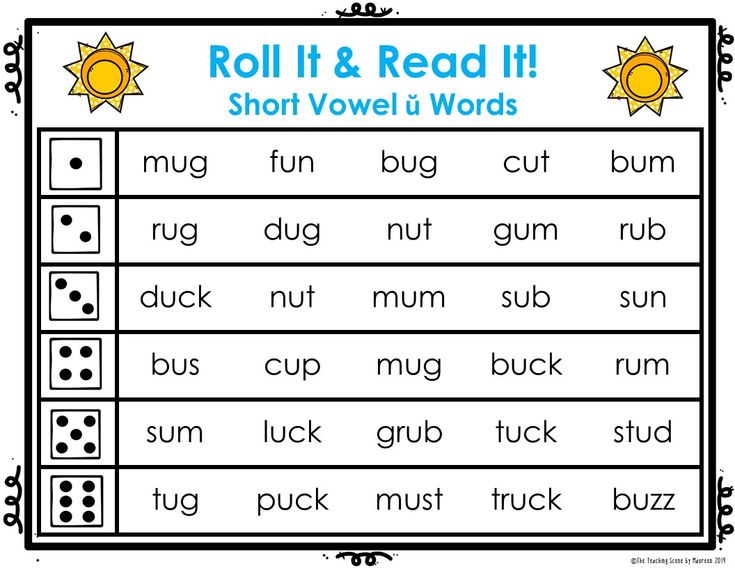 )
)
Looking at the road -
On the left - the sentry is standing, (Turns of the body to the left and right.)
Right - the traffic light is on.
Physical education minute. The children got up early in the morning
The children got up early in the morning,
We went to the forest for mushrooms. (Walking on the spot.)
Crouched, squatted,
White fungus found in the grass. (Squats.)
Mushrooms grow on a stump,
Bend over to them, guys,
Bend over, one-two-three,
And collect in a basket! (Tilts.)
There is a walnut on the tree.
Who will jump the highest? (Jumping.)
If you want to reach out,
You have to stretch hard. (Sipping - hands up.)
Three hours wandered in the forest,
All the paths came out. (Walking on the spot.)
The long journey made everyone tired -
The children sat down to rest. (Children sit down.)
Rain!
Rain! Rain! We need to go home
! (We walk in place.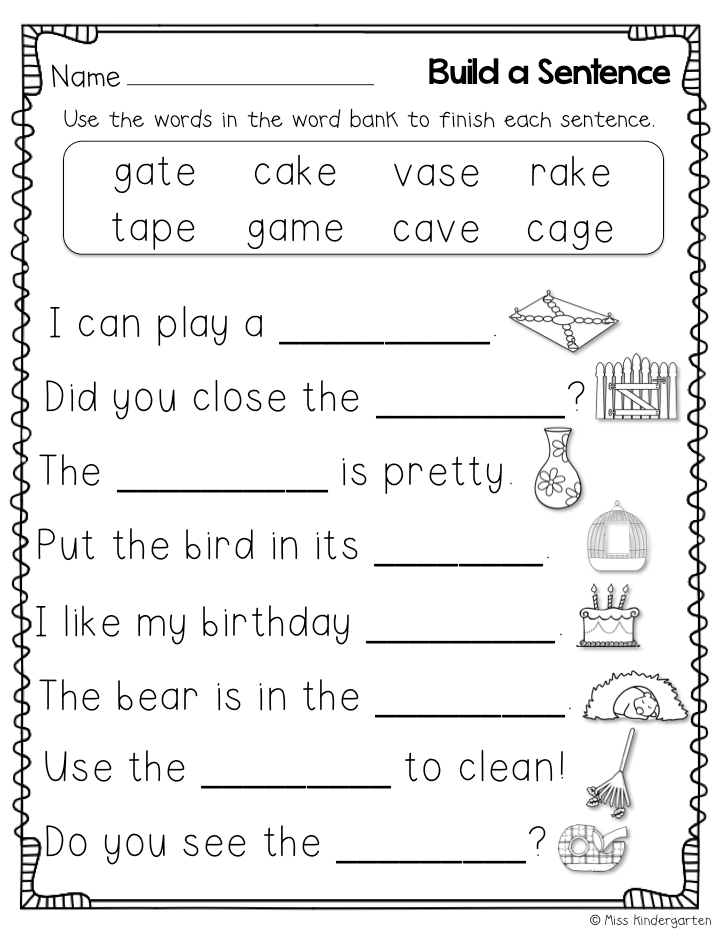 )
)
Thunder! Thunder like cannons.
Today is a holiday for frogs. (Jumping in place.)
Hail! Hail! It pours hail,
Everyone is sitting under the roofs. (Sit down, clapping your hands.)
Only my brother in the puddle
Catches fish for us for dinner. (We walk in place.)
For a long, long time
For a long, long time we sculpted, (Hands clasped in the lock; circular rotations of the hands.)
Our fingers got tired. (Shaking hands.)
Let them rest a little. (Stroking each finger in turn.)
And they will start sculpting again.
Together let's part our hands (Spread our hands to the sides.)
And again we'll start sculpting. (Clap your hands.)
Stand up together
Stand up together.
Times! Two! Three!
We are heroes now! (Hands to the sides.)
We'll put our hands to our eyes,
We'll spread our strong legs.
Turning to the right, (Turn to the right.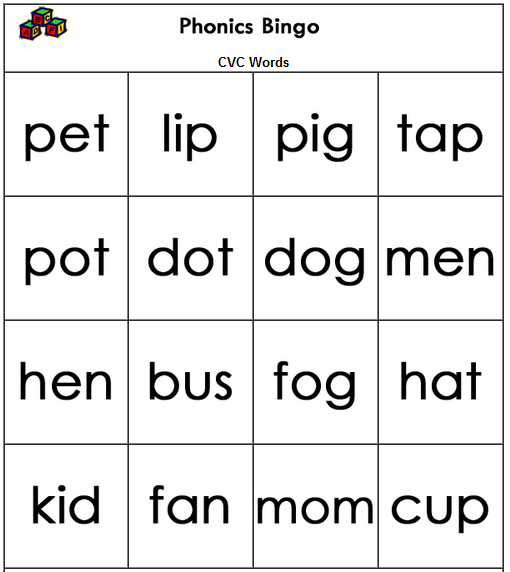 )
)
Let's look majestically,
And we must also turn to the left (Turn to the left.)
Look from under the palms.
And to the right, and another (Turn to the right.)
Over the left shoulder. (Turn to the left.)
Stand together for a warm-up
Stand together for a warm-up
And bend the back back.
One-two, one-two, one-two-three,
Don't fall, look. (Children lean back, for insurance, resting their palms on the lower back.)
Leaning forward.
Who reaches the floor?
This difficult work
We also do it according to the bill. (Leaning forward.)
The wind is blowing from a height
The wind is blowing from a height.
Herbs and flowers bend.
Right-left, left-right
Flowers and herbs lean. (Tilts to the side.)
Now let's do it together
Let's all jump in place. (Jumping.)
Higher! Have fun! Like this.
Let's go one step at a time.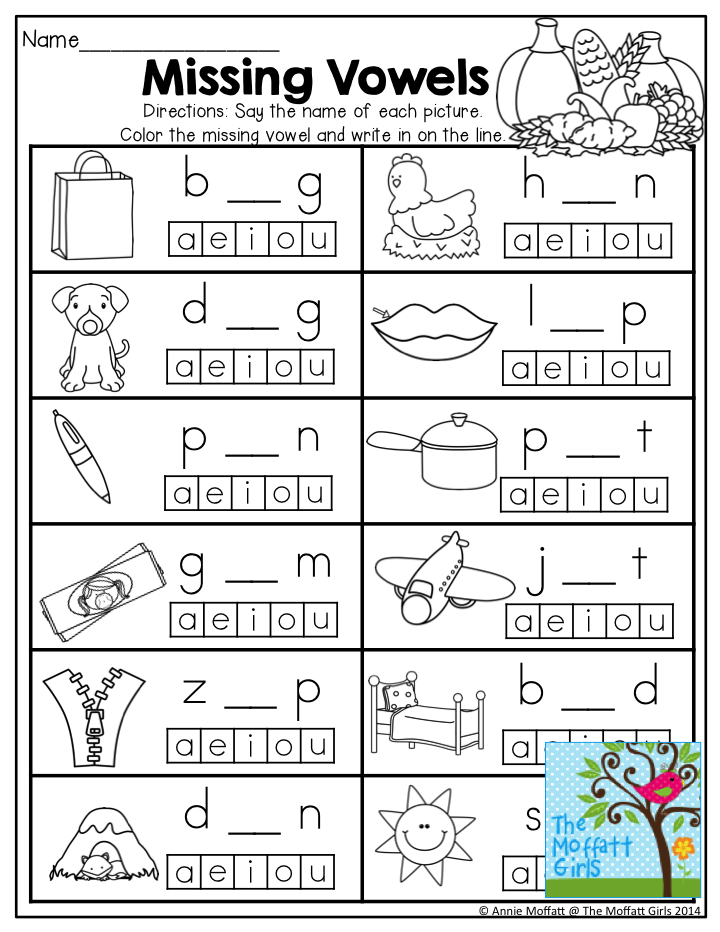 (Walking in place.)
(Walking in place.)
The game is over.
It's time for us to get busy. (Children sit down.)
Physical education minute. There are in the forest
There are three shelves in the forest: (Clap your hands.)
Spruces - Christmas trees - Christmas trees. (Hands up - to the sides - down.)
Heaven lies on the fir trees, (Hands up.)
On the fir trees - bird voices, (Hands to the sides.)
Down on the fir trees - dew. (Hands down, sit down.)
Physical education minute. Hedgehog
Hedgehog stomped along the path
And carried a mushroom on his back.
The hedgehog stomped slowly,
Quietly rustling with leaves. (Walking on the spot.)
And a bunny jumps towards,
Long-eared jumper.
In someone's garden deftly
Got a scythe carrot. (Jumping in place.)
Christmas tree
Small children have a big Christmas tree.
The Christmas tree sparkles with lights and balls.
Oh yes, Christmas tree, look, look, (Children clap their hands.)
Children, Christmas tree, shine, shine. (Children raise their hands above their heads and turn their palms to the right and left, then they read poetry.)
Do not prick us, Christmas tree,
With a shaggy twig, (They threaten with a finger.)
Remove the needles
Away from the kids.
Oh yes, Christmas tree, look, look, (Children clap their hands.)
Children, Christmas tree, shine, shine. (Children raise their hands above their heads and turn their palms to the right and left, then they read poetry.)
The steam locomotive roared
The steam locomotive roared
And the wagons drove.
Choo-choo-choo, choo-choo-choo
I will rock them far. (Children get up and read the first line. After the words “The locomotive hummed,” they say: “Tu-tu”, put their hands on the shoulders of the student in front.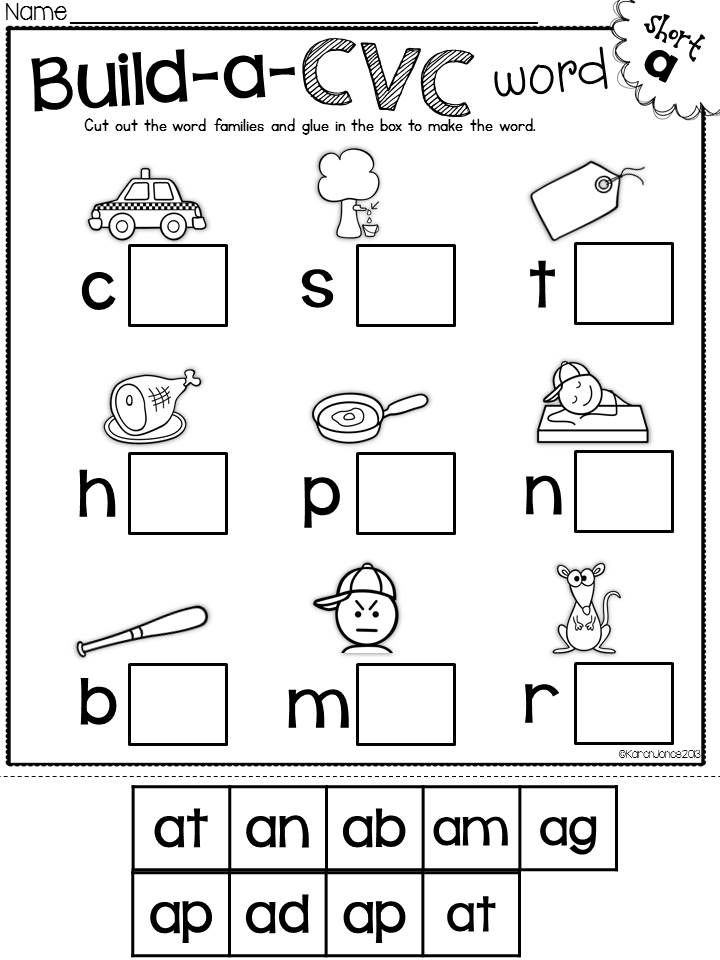 This is how locomotives were formed that can “drive” around the hall and return to their places. The teacher shows the trains brought by children from home.)
This is how locomotives were formed that can “drive” around the hall and return to their places. The teacher shows the trains brought by children from home.)
We go for firewood
We go for firewood
And we carry a saw with us. (Walking.)
Together we saw a log,
It is very thick.
To heat the stove,
You have to cut a lot. (Children make movements that repeat the movements of sawyers.)
So that firewood climbs into the stove,
We cut them into planks. (Children make movements as if chopping firewood.)
And now let's collect them
And take them to the shed. (Tilts.)
After hard work
One must always sit. (Children sit down.)
Zainka
(Musical physical education session) (This physical education session can be held to music in the processing of N. Rimsky-Korsakov's "Hare".)
(Children sing and perform different movements after the teacher.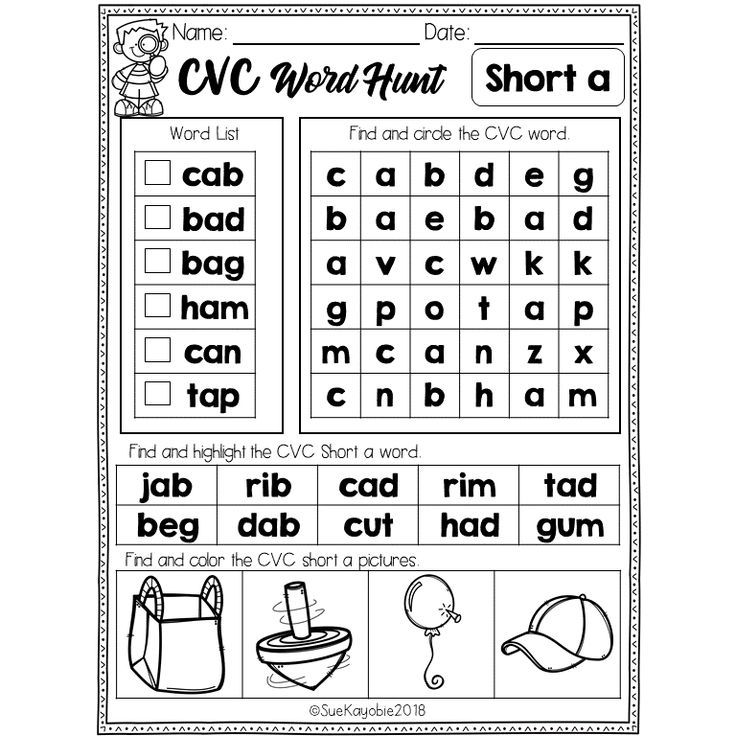 )
)
Zainka, turn around,
Gray, turn around,
Like this, turn around like that.
Zainka, stomp your foot,
Grey, stomp your foot,
Like this, stomp your foot like that.
Zainka, dance,
Gray, dance,
Like this, dance like that.
Hare
One, two, three, four, five,
Hare began to jump.
Jumping hare is much,
He jumped ten times. (Jumping.)
Bunny
Skok-jump, jump-jump, (Jumps.)
Bunny jumped on a stump.
He beats the drum loudly,
Calls to play leapfrog.
It's cold for the hare to sit, (Sit down.)
Need to warm up the paws.
Paws up, paws down,
Pull up on your toes.
We put the paws on the side,
On the toes, hop-hop-hop. (Jumping.)
And then squatting, So that the paws do not freeze.
Bunny
Gray Bunny washing his face,
Apparently, he is going to visit.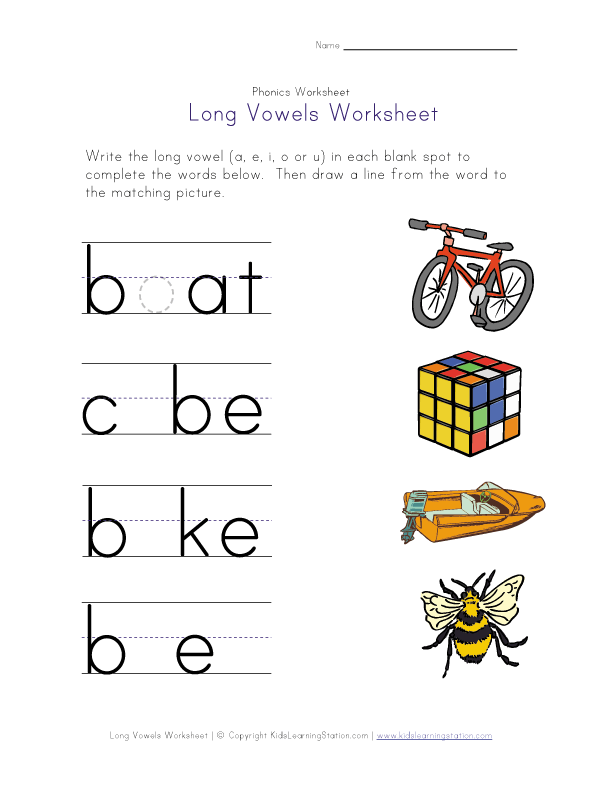
Washed the tail, washed the ear,
wiped it dry. (Children imitate washing movements)
Bunny
Come on, Bunny, jump, jump,
Tap, tap, tap.
You fall on the grass, fall,
Lie down and rest, rest.
Rested, now get up,
Start jumping again!
Run quickly to the Christmas tree
And quickly jump back. (Children jump on two legs, arms folded to their chest, imitating the movements of bunnies. Then they squat down and rest. They get up and jump again. At the command of the teacher, they run quickly to the “Christmas tree” (the place is chosen by the teacher), and then scatter in places and sit down into place.)
Bunnies
Gray bunnies sitting, (Sit down.)
Long ears stick out. (Show ears with hands.)
Here are our ears,
Here are our ears;
Ears on top.
Here is a fox running, (Running in place.)
Sly little sister.
Hide, hide, (Sit down.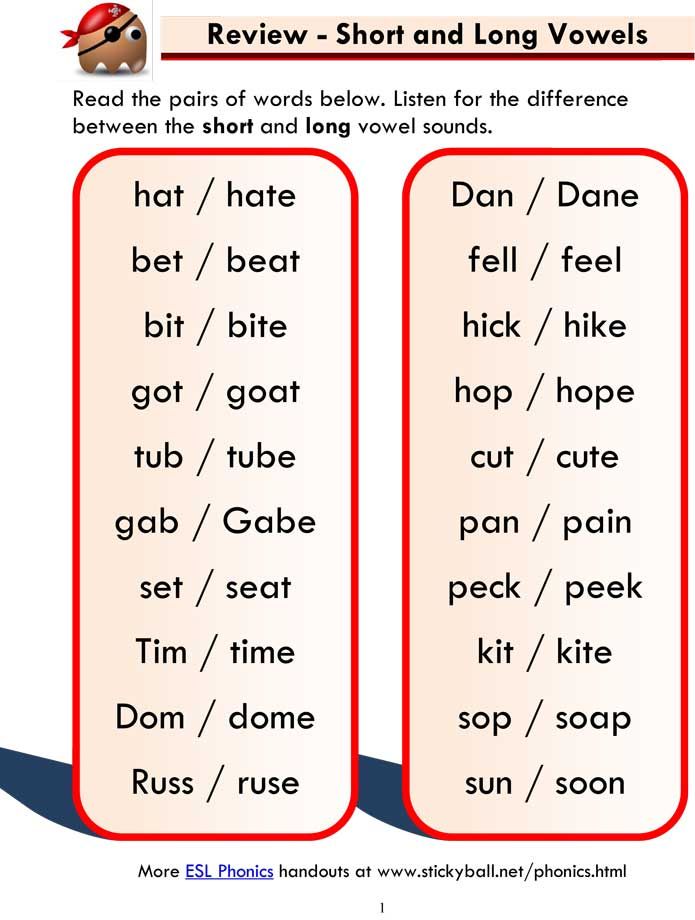 )
)
Jumping Bunnies.
Bunnies scattered across the forest clearing. (Jumping in place.)
These are the bunnies,
Jumping bunnies.
Bunnies
(“Little bunnies” jumped out. They pressed their paws to their chest. They have fun, they jump.)
A gray bunny sits
And moves its ears. (Children show.)
It's cold for the bunny to sit,
We need to warm the paws, (Children show.)
One or two, we need to warm the paws.
Bunny is cold to stand,
Bunny needs to jump. (Children jump.)
Someone scared the bunny -
Bunny - jumped - and ran away. (Children sit down.)
Hares
They took the hare by the sides,
They danced the hopak.
Ducks flew in,
They played pipes.
Ah, what a beauty,
They played pipes. (Children dance with their hands on their belts, imitate playing the pipe.)
Sounds
Children are divided into groups in rows.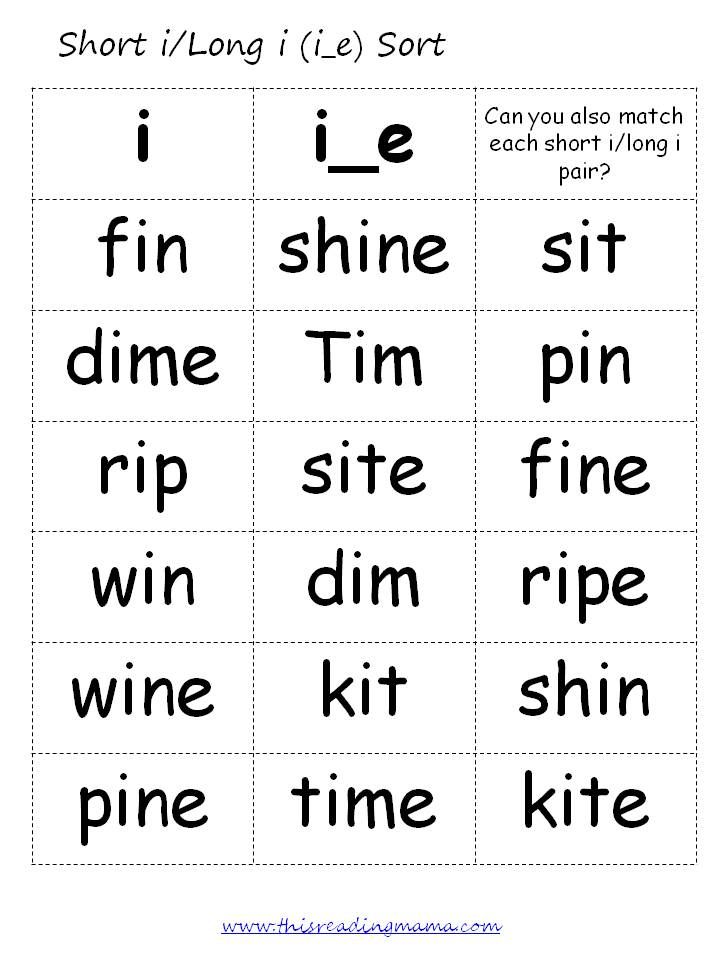 Each of the groups imitates the sounds of familiar birds or animals. For example:
Each of the groups imitates the sounds of familiar birds or animals. For example:
1 - geese (Ga-ha-ha.)
2 - pigeons (Gulya-guly-guly.)
3 - donkeys (Igo-go.)
4 - dogs (Bow-bow.)
Teacher, passing past the child, knocks on the back of the chair and asks: “Who lives in this house?” (Children answer.) Then he says: “Geese, get up! Stretch the necks and twist them three times. (Geese get up.)
Looking for strawberries
We walked, walked, walked,
We found strawberries.
One, and two, and three, and four, and five,
We start looking again.
(Hands on the belt, feet shoulder-width apart. Bending down, touch the tips of the fingers of the right foot with the left hand, the right hand remains on the belt - exhale. Straighten up - inhale. We collect strawberries. Now the berry is at the left foot - we quickly collect it. We will have to bend over again .)
On the lawn in the morning
We started a game.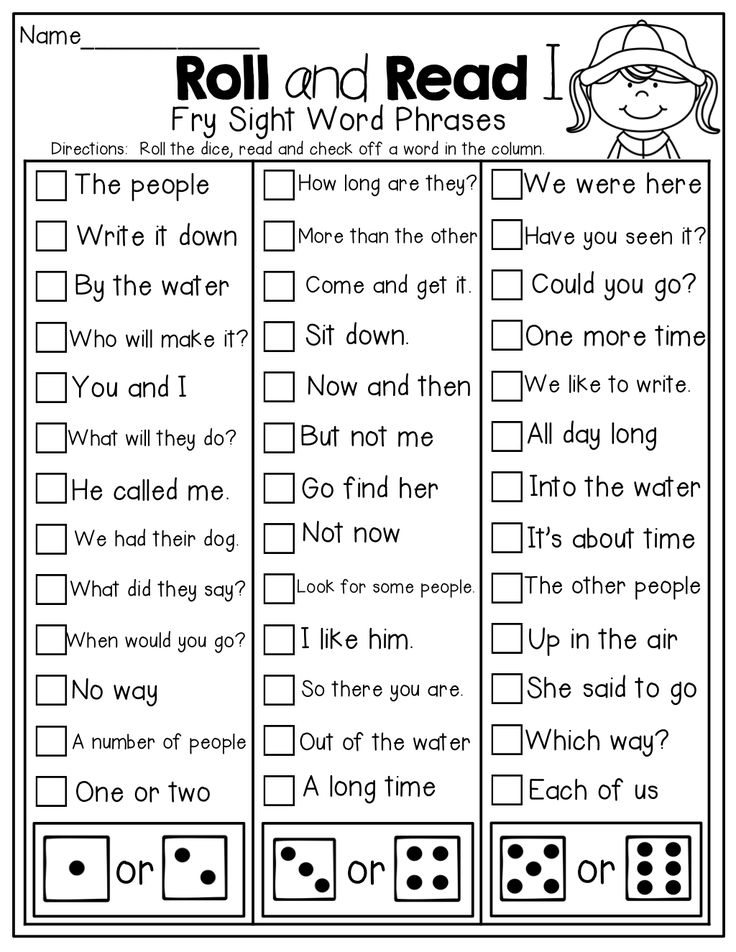
You are Chamomile, I am bindweed,
Stand in our wreath. (Children stand in a circle.)
One, two, three, four,
Move the circle wider.
And now we are streams,
Let's run a race. (Running in a circle.)
We hurry straight to the lake,
The lake will become big.
One, two, three, four,
Move the circle wider.
Get in the circle again,
Let's play Sunshine.
We are cheerful rays.
We are frisky and hot.
One, two, three, four,
Make the circle wider!
Like a typewriter
Like a typewriter
Two pretty pigs
Knock-knock-knock-knock!
Knock-knock-knock-knock!
And tapping,
And grunting:
Grunt-grunt-grunt-grunt!
Grunt-grunt-grunt-grunt!
(The recitation of the poem is accompanied by light movements of the hands. The hand quickly bounces off the imaginary typewriter along with the sound on the stressed vowels. At first the pace of speech is not fast, then it gets faster.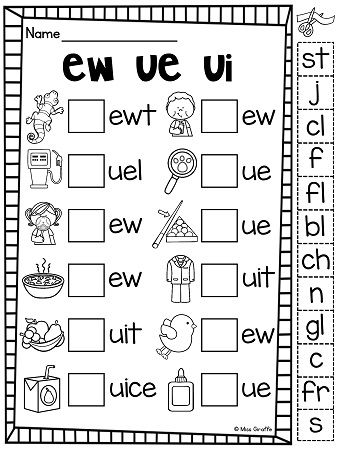 Children “type on the typewriter” more and more quickly, depicting pigs.)
Children “type on the typewriter” more and more quickly, depicting pigs.)
How nice to swim in the river!
How pleasant it is to swim in the river! (Swimming movements.)
The shore is on the left, the shore is on the right. (Turns left and right.)
River ahead. (Sipping - hands forward.)
Above the bridge - look. (Sipping - hands up.)
To swim even faster,
We need to row faster.
We work with our hands.
Who will follow us? (Swimming movements.)
And now it's time for us, brothers,
To lie on the sand.
We get out of the river (Walking on the spot.)
And we rest on the grass.
Drip-drip
Drip-drip, I am a drop, (Clap your hands.)
I have it in April
In the spring warmth
Droplets have ripened.
Cap-cap on the bench, (Jumping in place.)
For children on toys.
Cap-cap sparrow
Right on top of the head.
(M.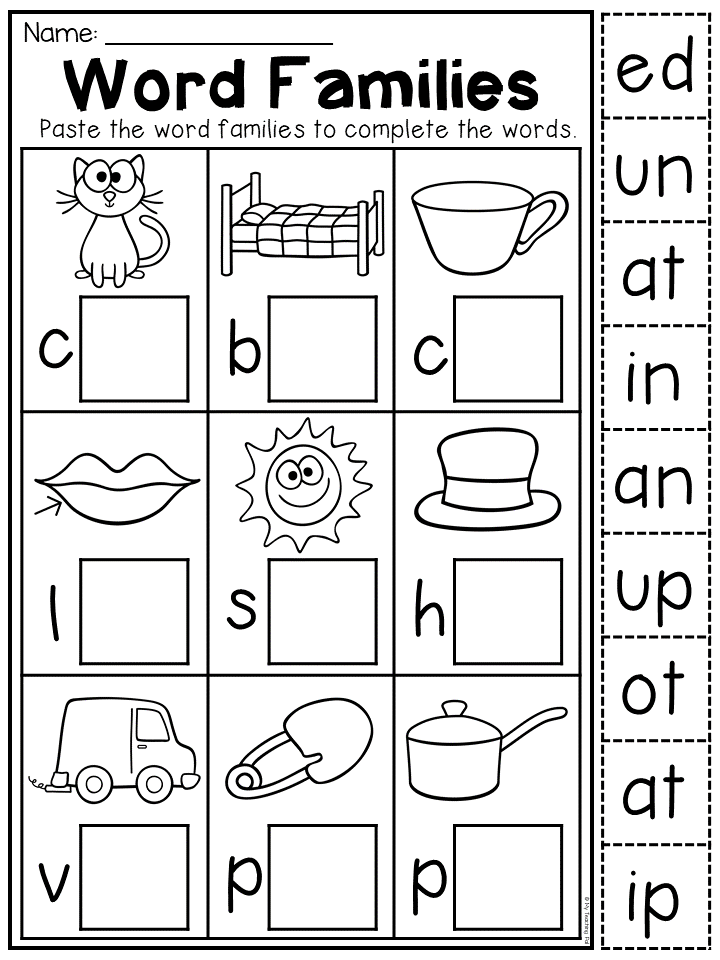 Borisova)
Borisova)
Throw, throw, throw
Throw, throw, throw
Let's run together
Through water and fire -
The horse will not overtake us.
One, two - catch up,
Well, try to catch it!
Three, two, one and four -
All five have been studied.
And now we'll have a rest
And we'll start counting again. (Hands forward, up, 5 claps, 5 circular movements with the hand, 5 times squeeze and unclench the fingers.) ,
Maple leaves rustled. (Feet shoulder-width apart, hands behind the head, body tilts to the left and right.)
Antipka the cat
Antipka the cat lived with us. (Stand up, hands on the belt.)
He got up from his bed at one o'clock. (Stretched, arms up - breath.)
At two o'clock in the kitchen he stole sausages (Tilts left and right.)
At three he ate sour cream from a bowl. (Tilts forward, hands on the belt.)
He washed his face at four.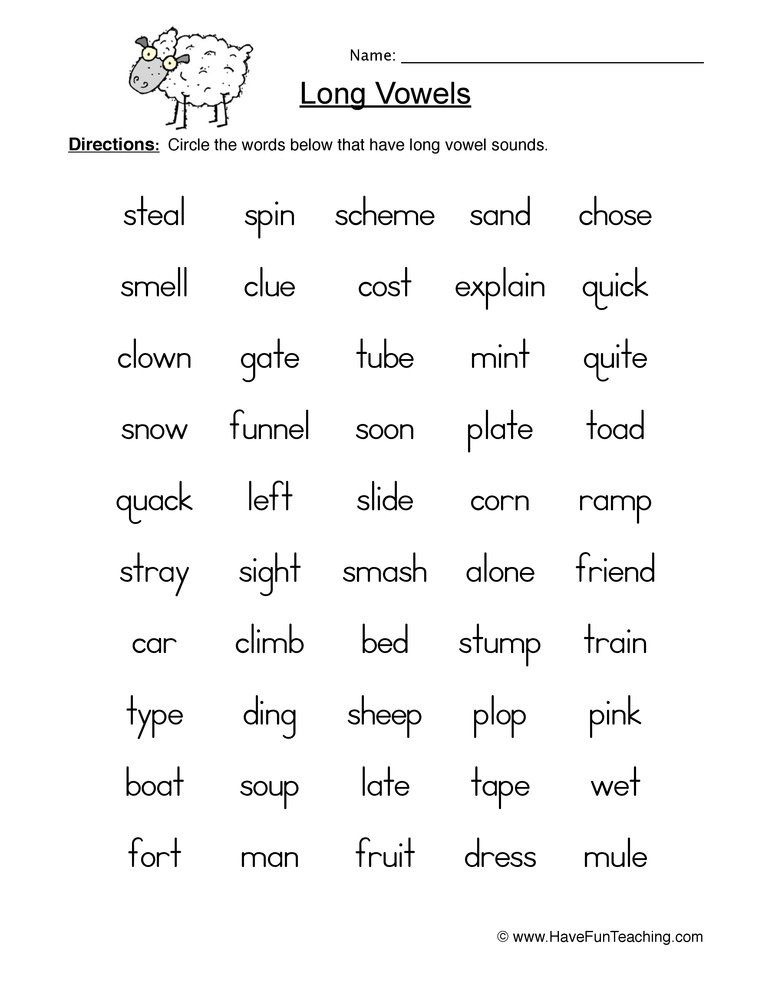 (Tilts of the head to the shoulders to the left and right.)
(Tilts of the head to the shoulders to the left and right.)
At five, he rolled on the rug. (Turns left and right.)
At six he was dragging herring from the tub. (Jerking hands in front of chest.)
At seven he played hide-and-seek with mice. (Slapping front and back.)
At eight slyly screwed up his eyes. (Squats.)
At nine ate and listened to fairy tales. (clapping hands.)
At ten I went to the couch to sleep, (Jumping in place.)
Because I have to get up at one. (We walk in place.)
Who is playing hide and seek with us?
Whose heels are flashing?
Who is playing hide and seek with us?
Jump and jump, jump and jump - (Jumping.)
Jumped under the bush. (Sit down in a deep squat.)
Who is hiding from us there?
Let's see now. (Children sit in a deep squat.)
This is a nimble frog!
Come out to play, wah! (Children get up, bend over and linger in the bend for a few seconds. )
)
Look how clear the sky is! (Sipping - hands up.)
How beautiful nature is here! (Sipping - arms to the sides.)
And the frog loves the rain. (Arms crossed over chest, palms on shoulders.)
How can we help her?
It's a clear day today,
Let's take the frog into the shade. (Children sit down.)
Grasshoppers
Raise your shoulders,
Jump, grasshoppers,
Jump-jump, jump-jump.
Sat down, let's eat some grass,
Let's listen to the silence.
Hush, hush, high,
Jump on your toes easily. (You need to push off with one foot and land softly on the other.)
Page not found - Olga Vasilievna Batmanova
Unfortunately the page you're looking doesn't exist (anymore) or there was an error in the link you followed or typed. This way to the home page.
- Main page
- My portfolio
-
- General
- Participation in methodological events
- Projects and presentations
- Results of my activities
- My hobbies
- Photo albums
- Development of educational material
-
- Oak
- Teacher's page
-
- Parenting advice
-
- ATTENTION, CORONAVIRUS!
- Lomonosov school
- How to teach a child to hold a pencil correctly
- Tips for Parents of Kindergarten Graduates
- Nutritional guidelines for children
- Consultations for educators
- Raising KP in children
- Children about snow.
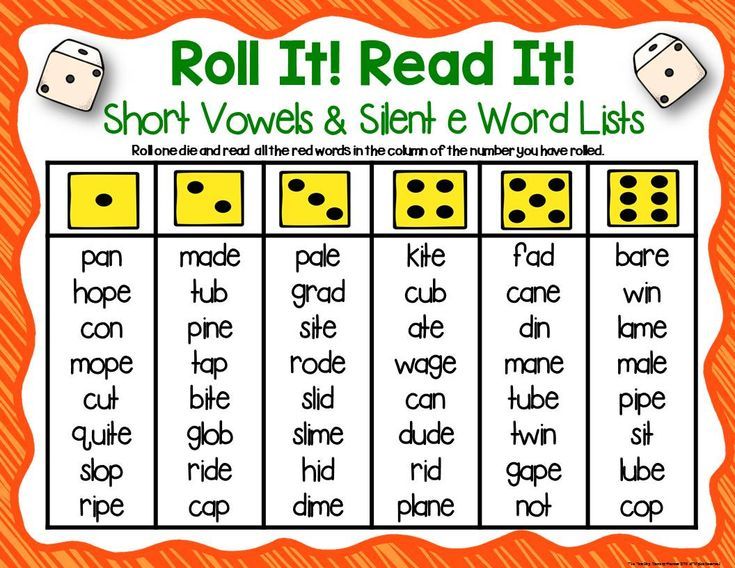
- Feed the birds in winter.
- How to dress a child in spring?
- Enriching children's vocabulary. №
- Children's health in the spring.
- Proper nutrition for preschoolers
- Winter safety regulations
- Child safety on a walk in winter
- February 23,
- PROFESSIONS
- Rules of the road for children
-
- Graphic dictations
- Child Safety Instructions
- Thematic weeks in preschool
- File cabinets
-
- Tongue twisters for speech development
- Speech games
- Card file "Plot pictures. Prepositions."
- Where are the vitamins hidden?
- Card index thin. literature
- Poems for the holidays
- Safety
- Method box
-
- Counseling for caregivers
- Speech development of children
- Regulatory documentation
- Methodical literature
- Card file of games
- The structure of a speech therapy lesson on sound production
- To the piggy bank for teachers
-
- Sound Automation
- Reminders
- Parent page
-
- Phonetic-phonemic underdevelopment of speech
- phonetic underdevelopment of speech
- Graphic dictations
- Thematic week
- Coherent speech
- Staging sounds
- Grammar
- Primer
- Russian folk tales
- tongue twisters
- What is stuttering
- Finger gymnastics
- Articulation gymnastics
- Speech breathing
- Speech readiness for school
- Library
- Speech therapist tests
- videos
- Sounds R, R
- Sounds L,L
- Sounds C, Z, C
- Sounds W, W, H, W
- Flash games
- 10 simple tips from a speech therapist
- Correction of violations of the syllabic structure of the word
- Types of speech disorders
- Causes of speech disorders.
